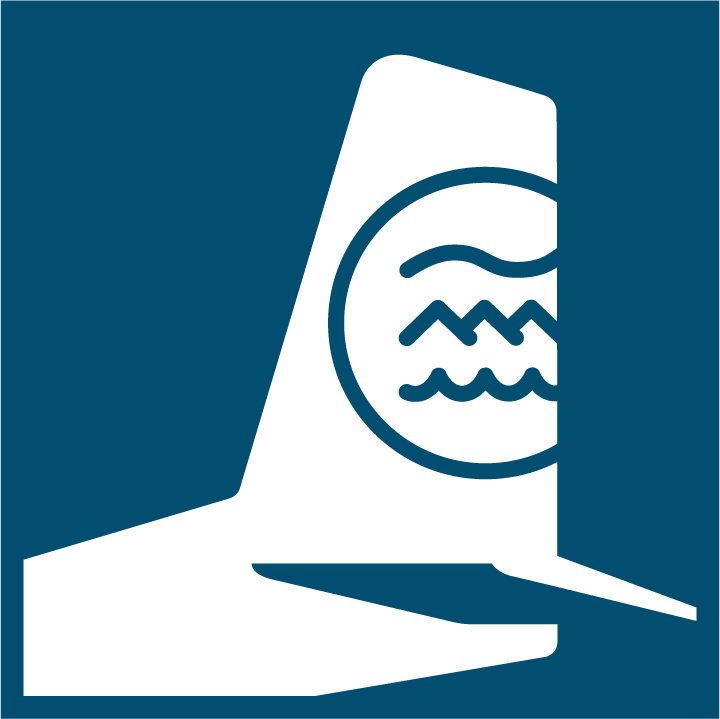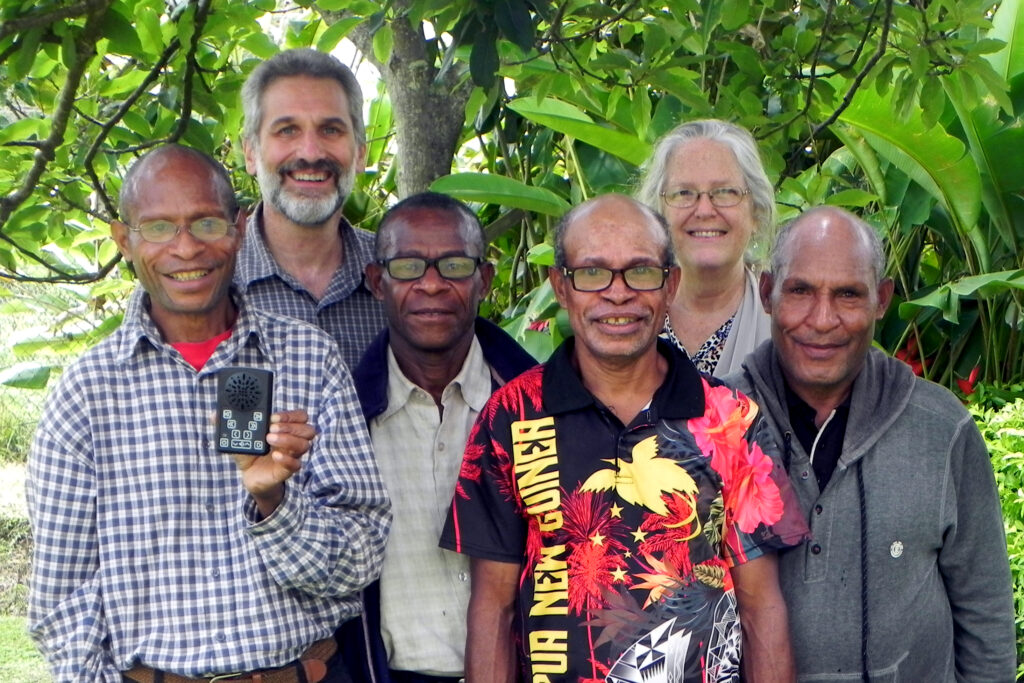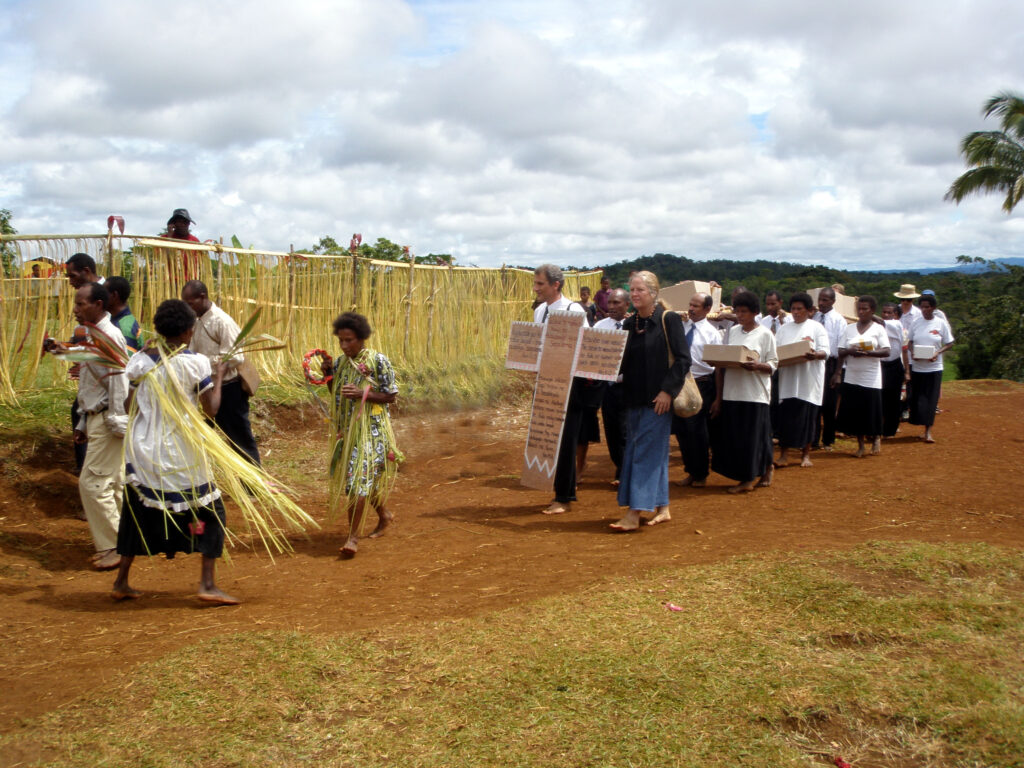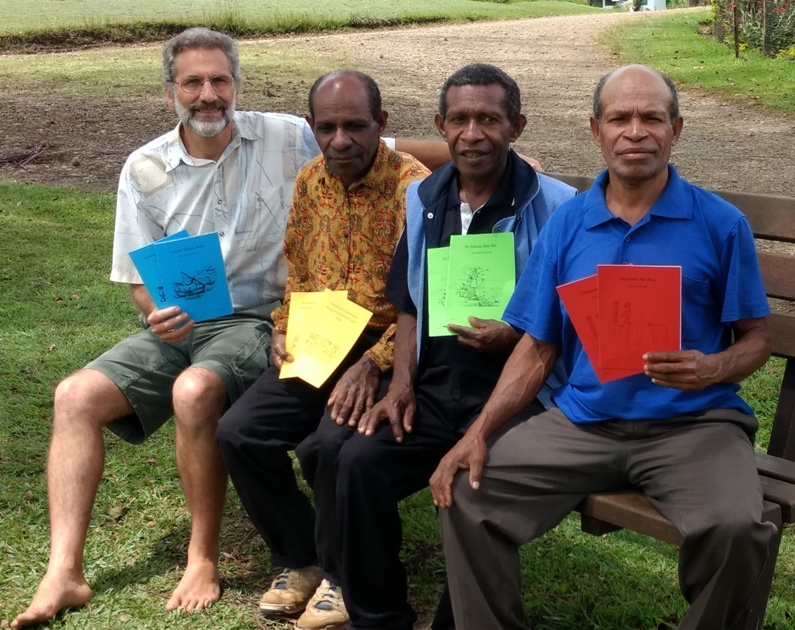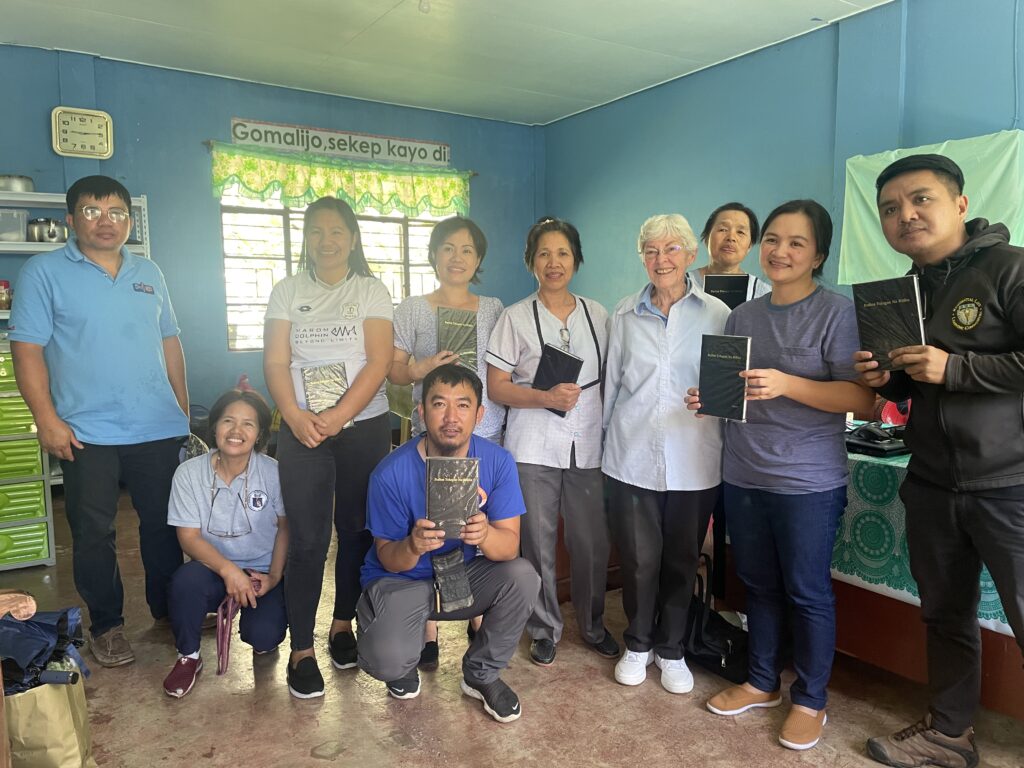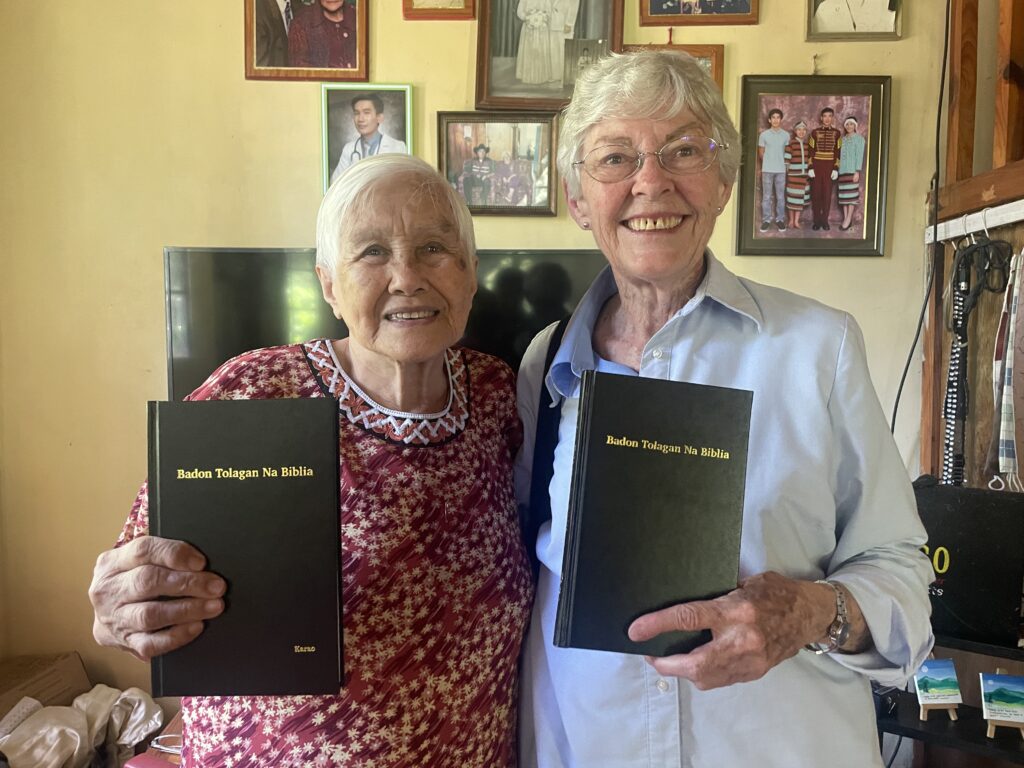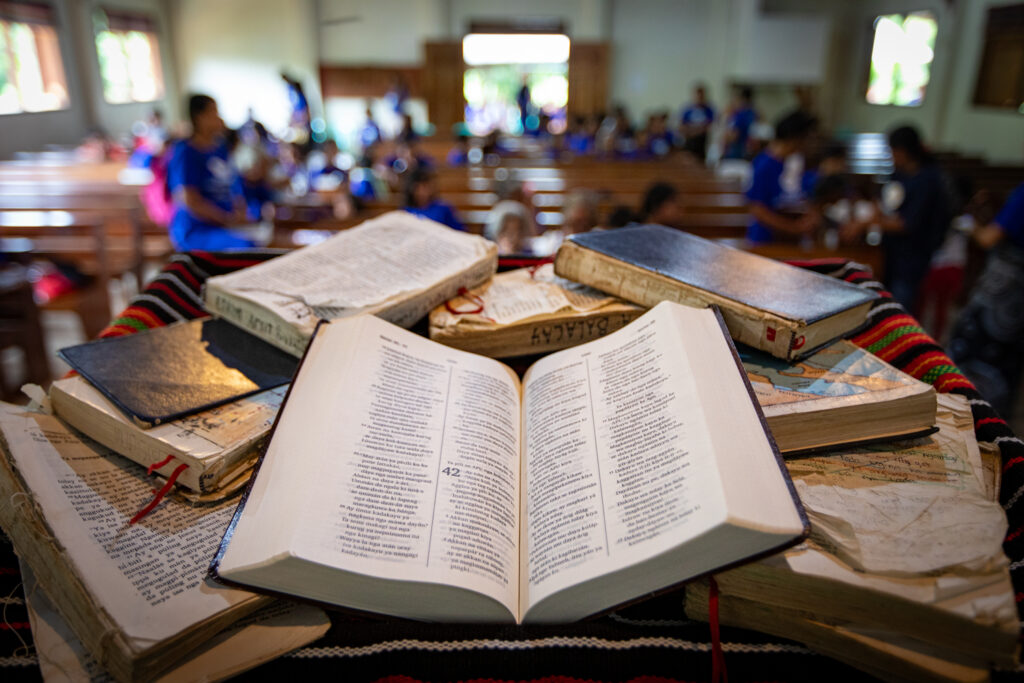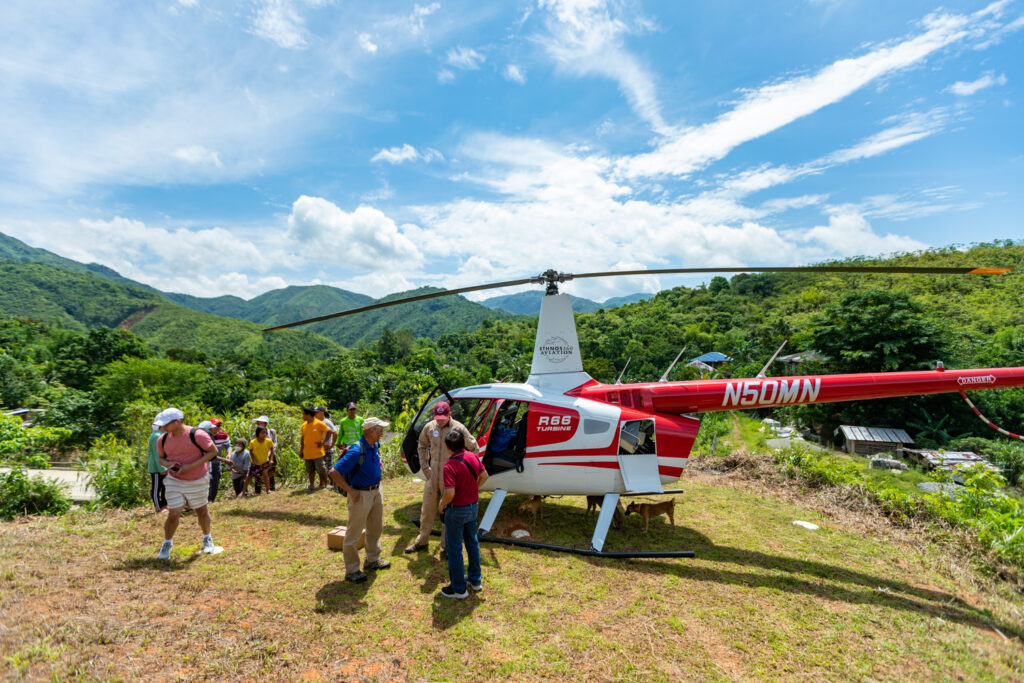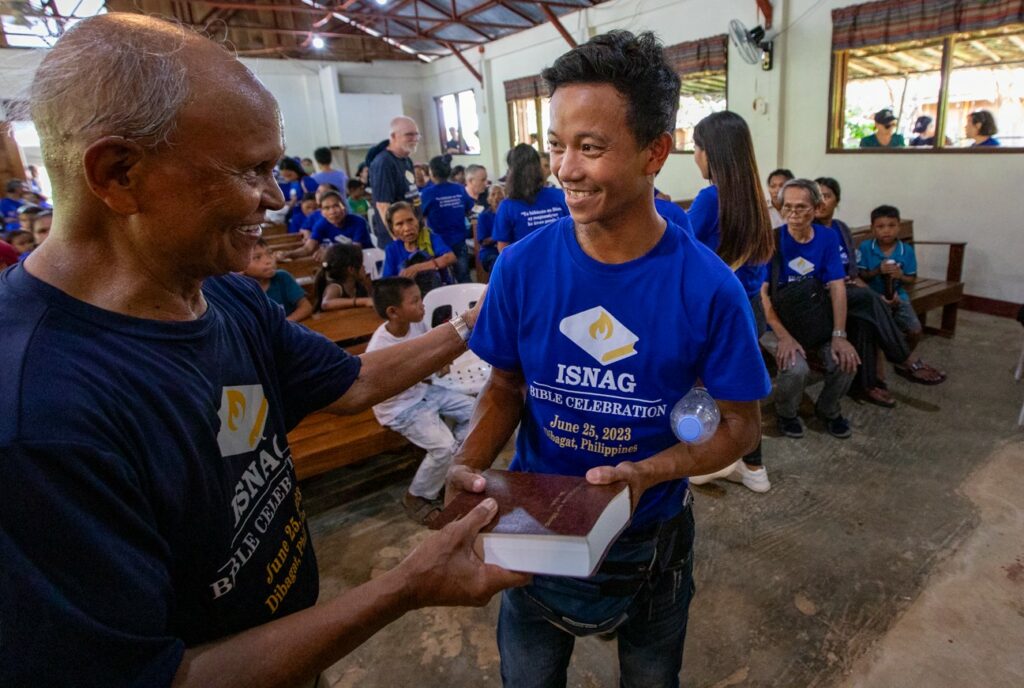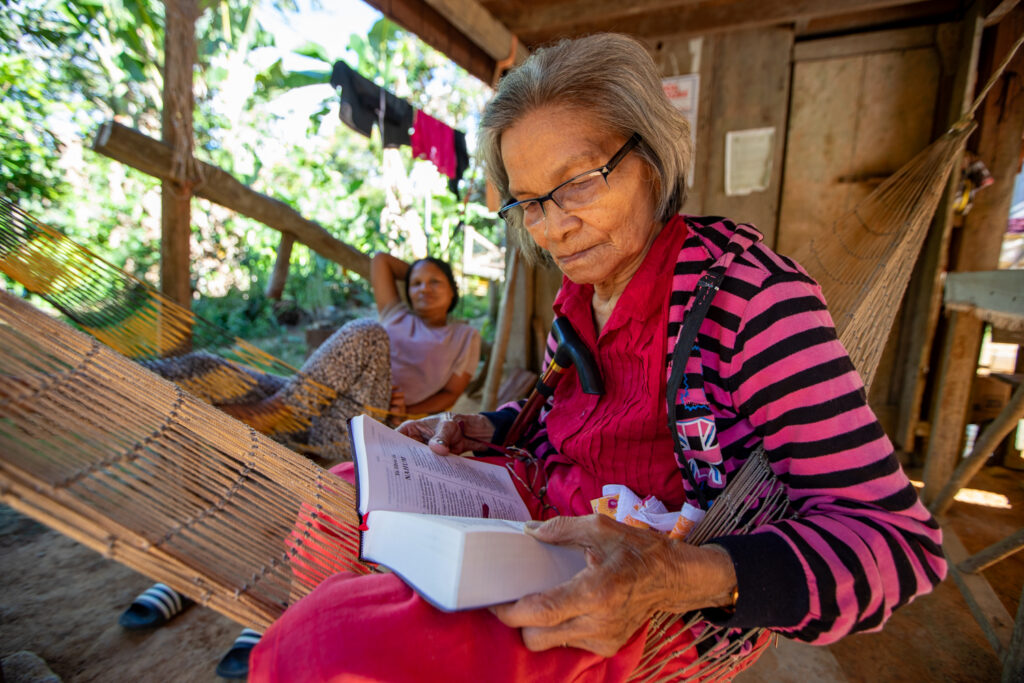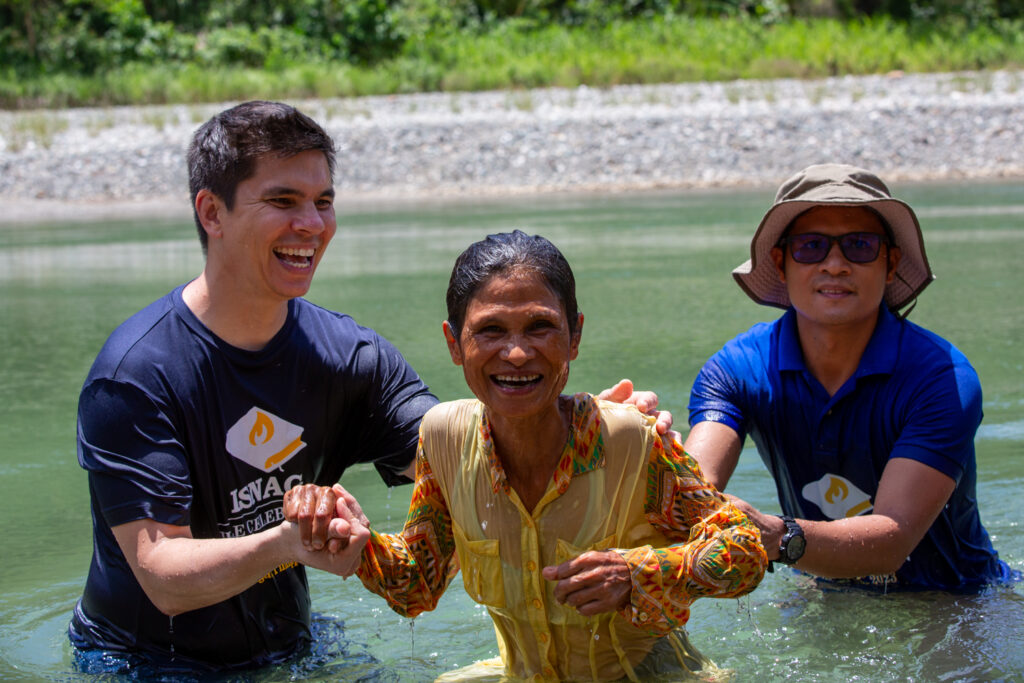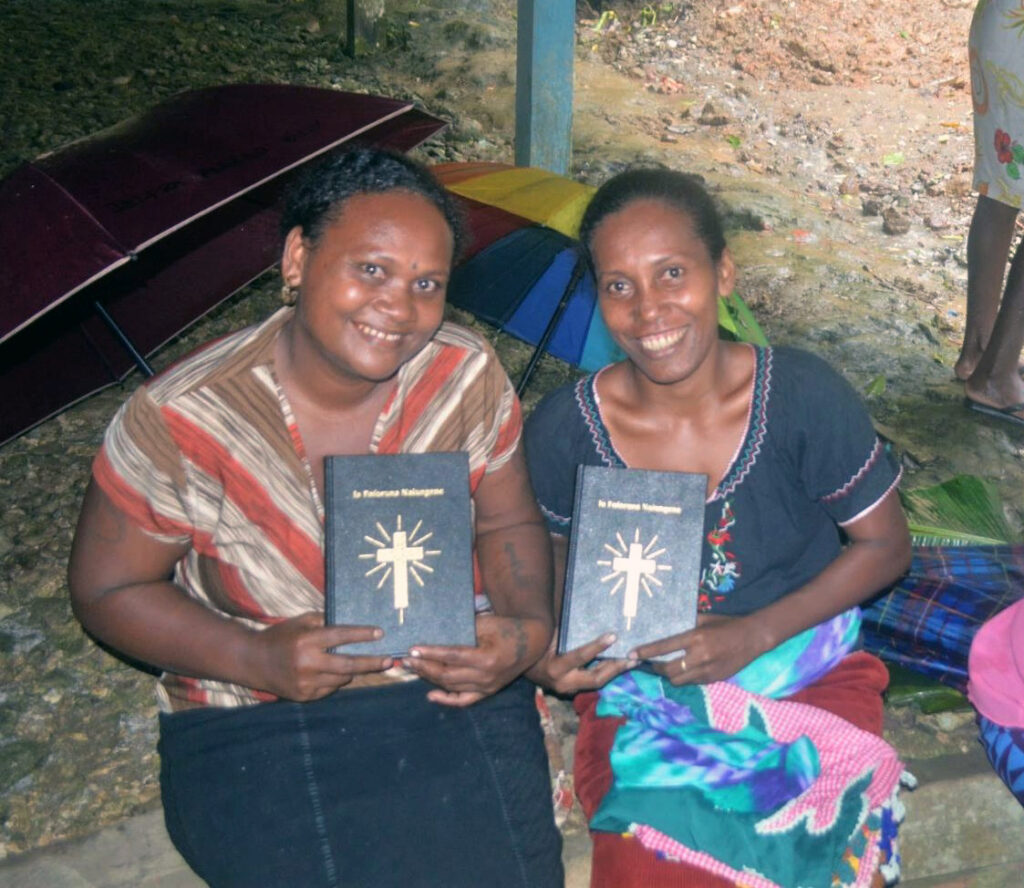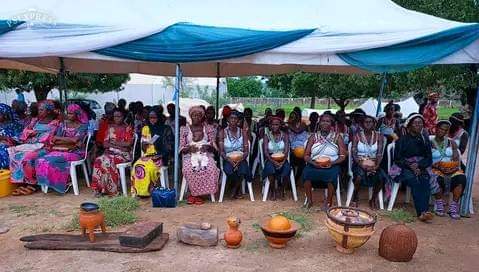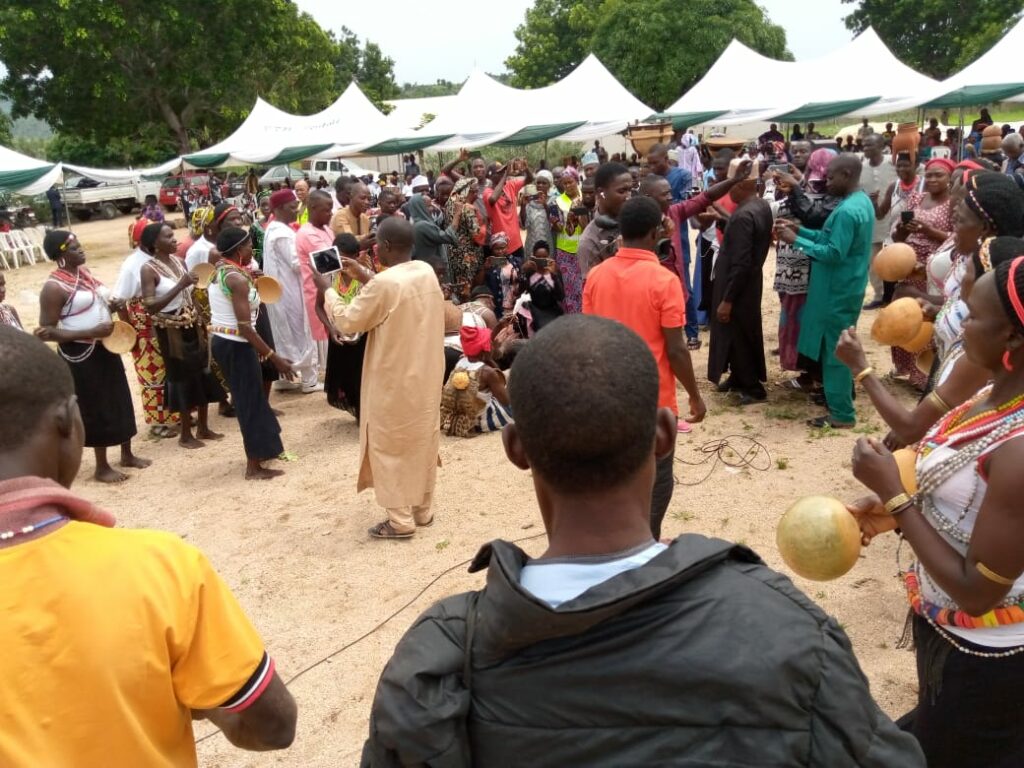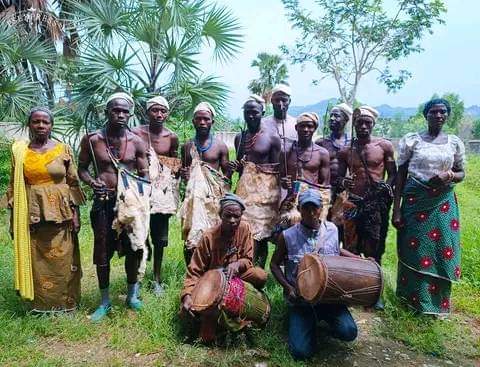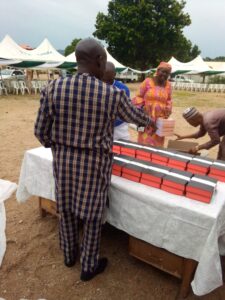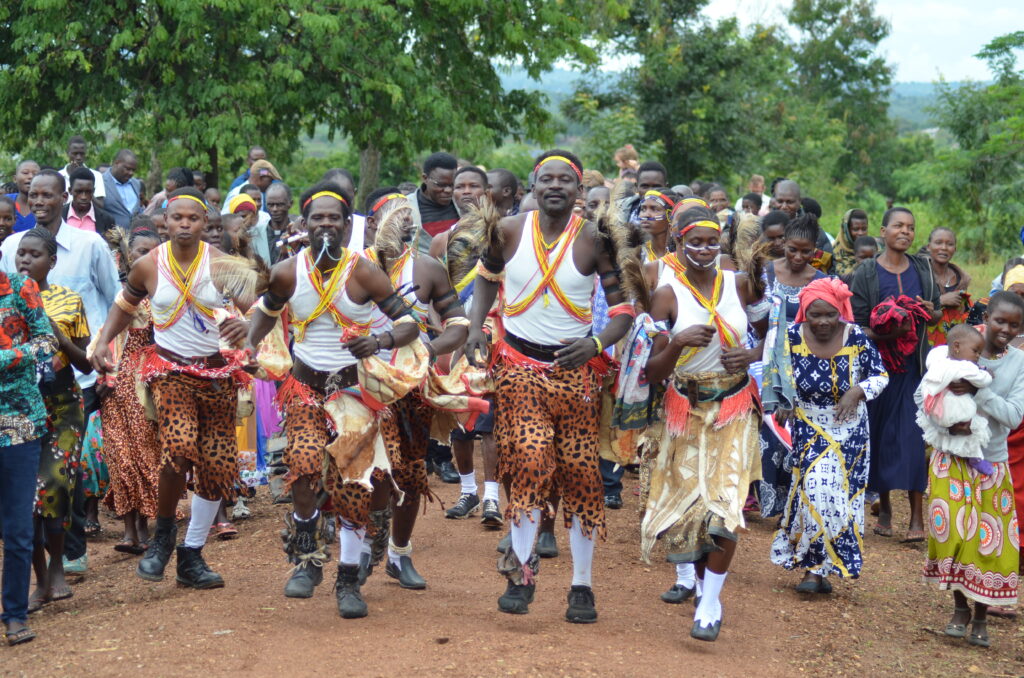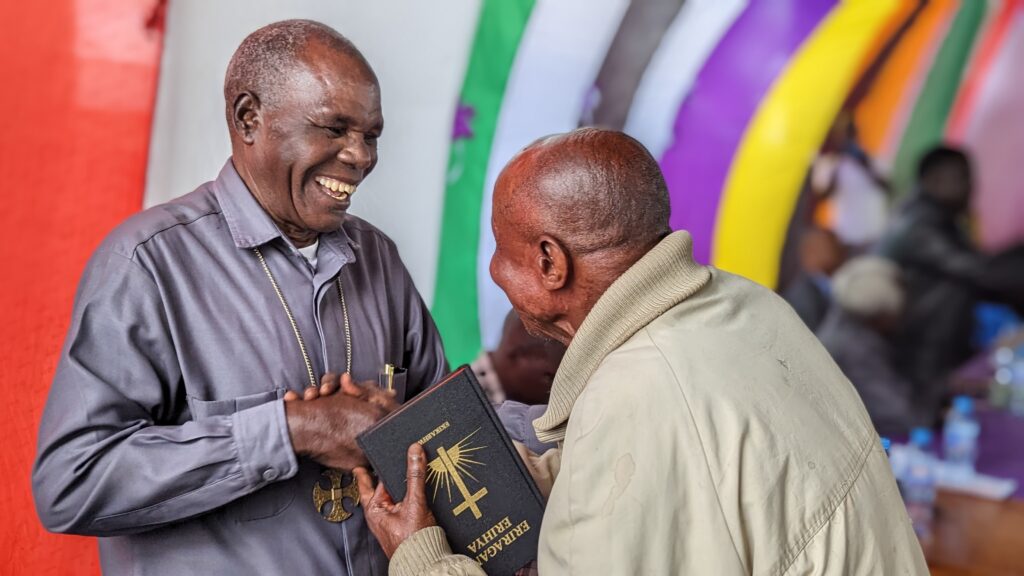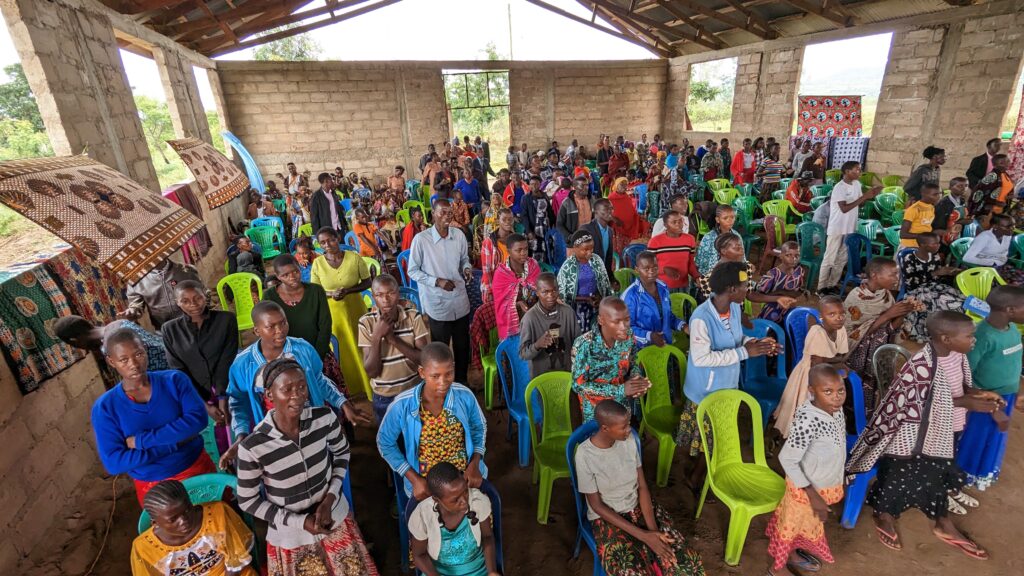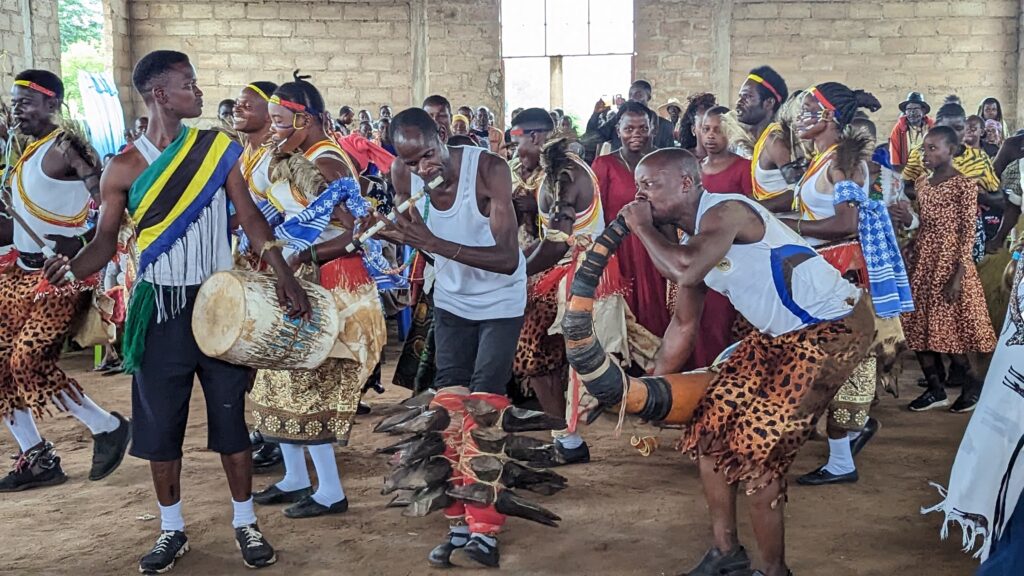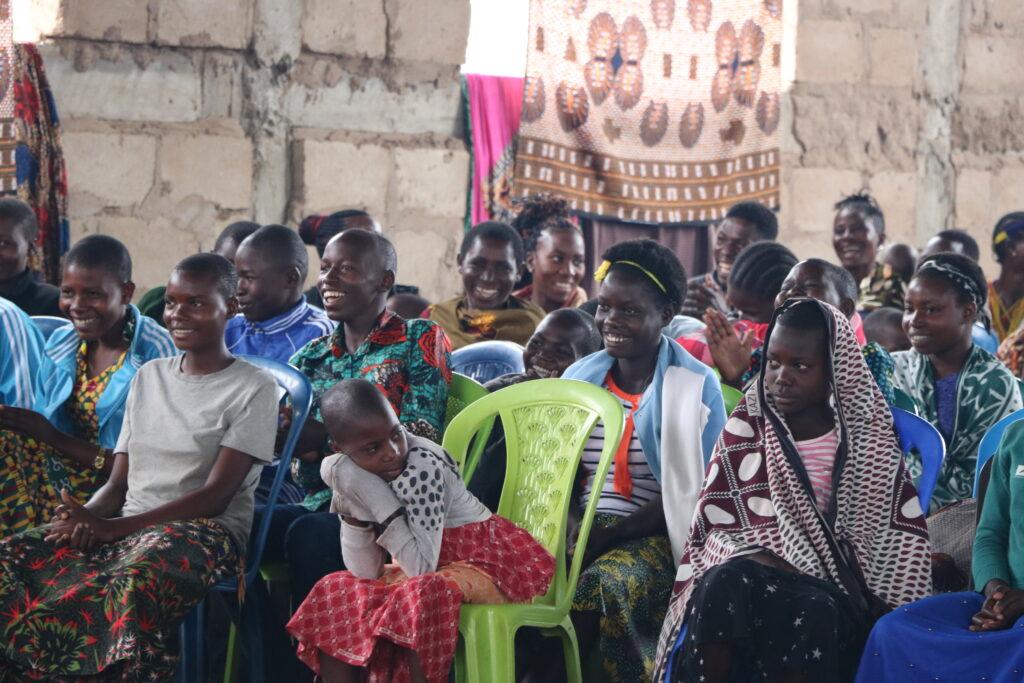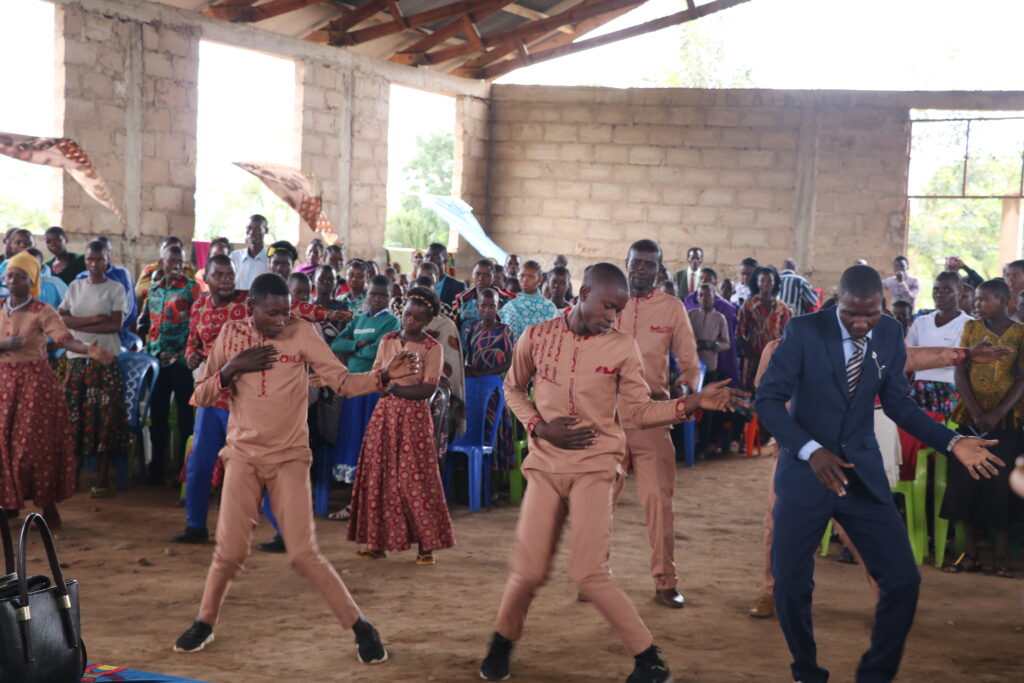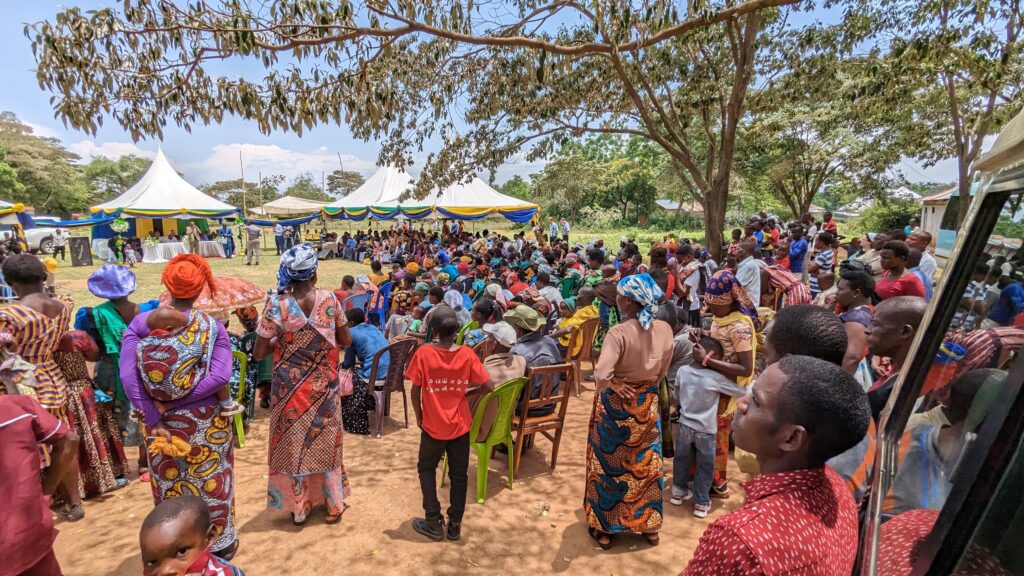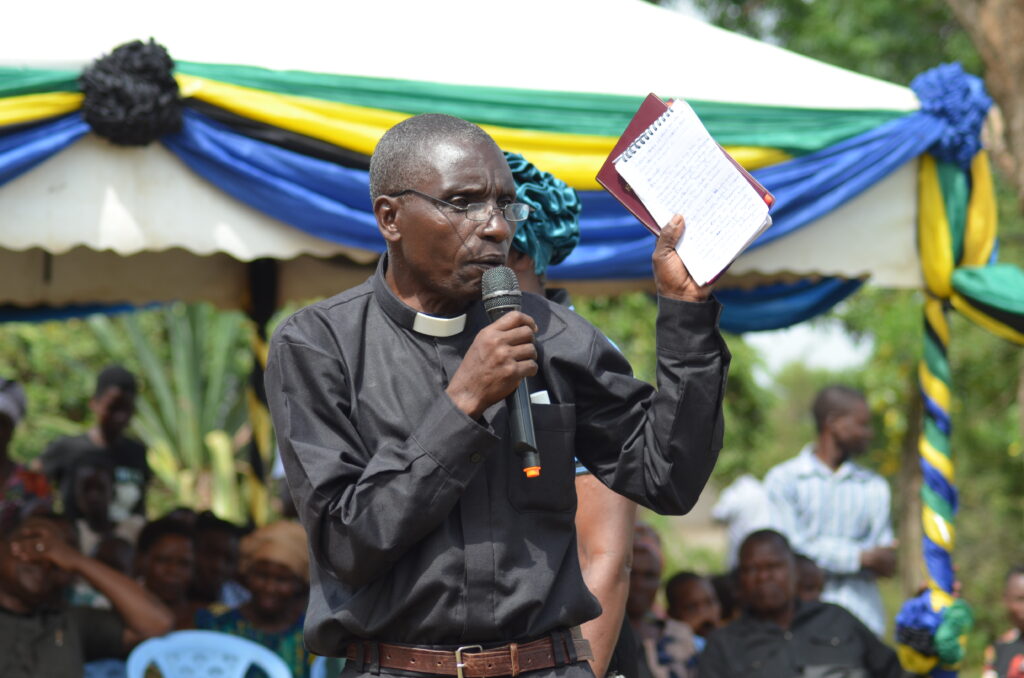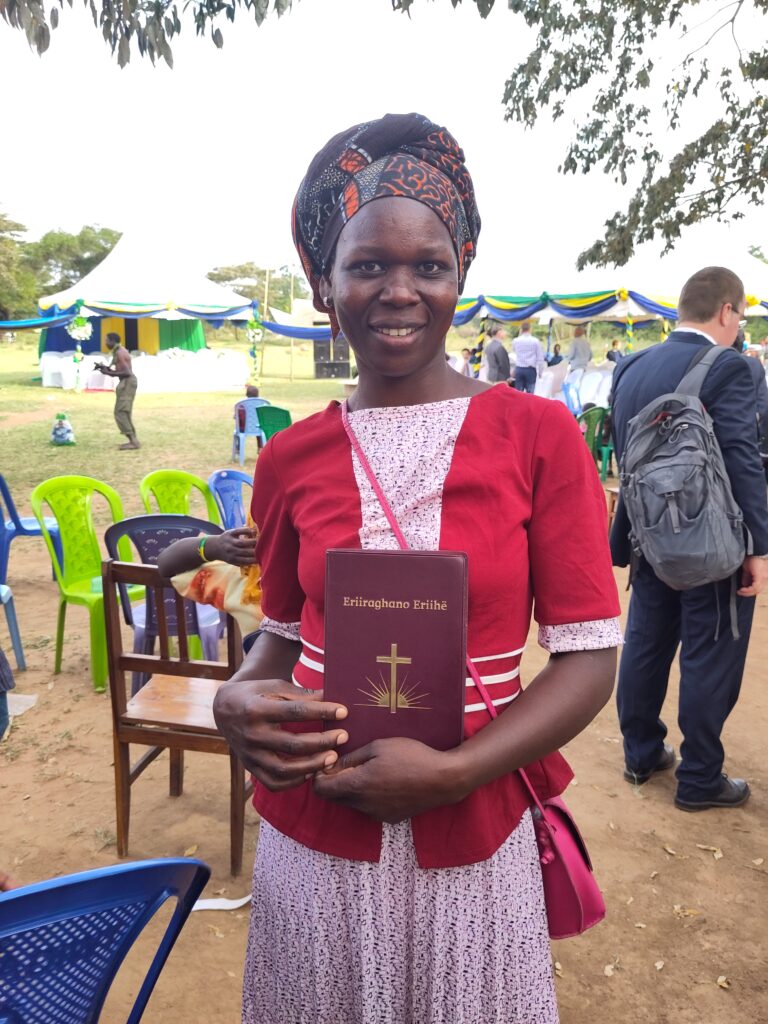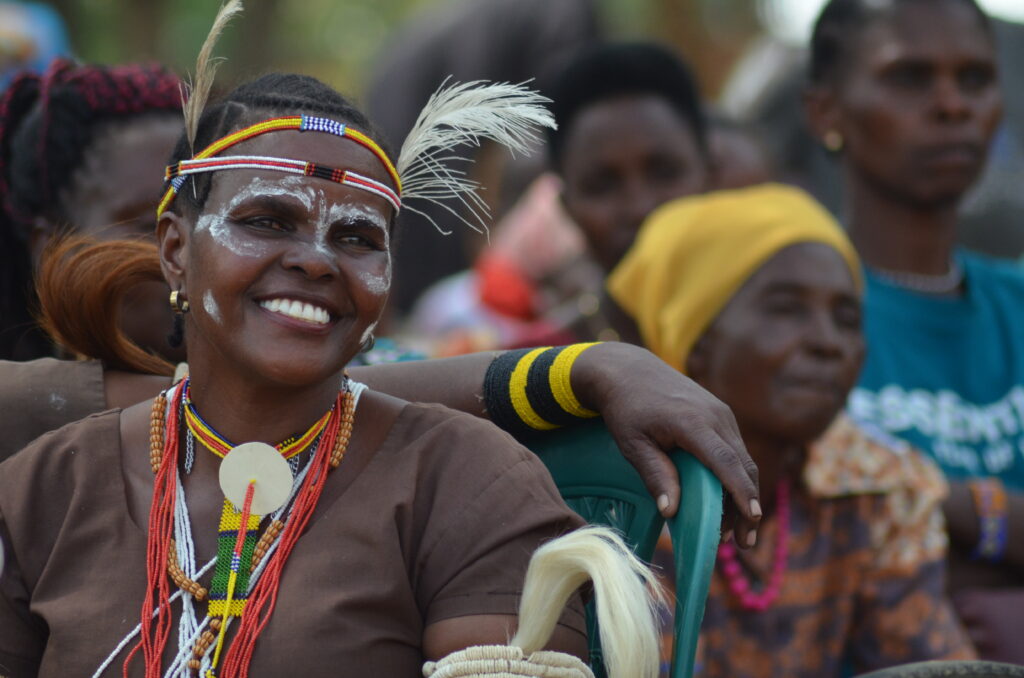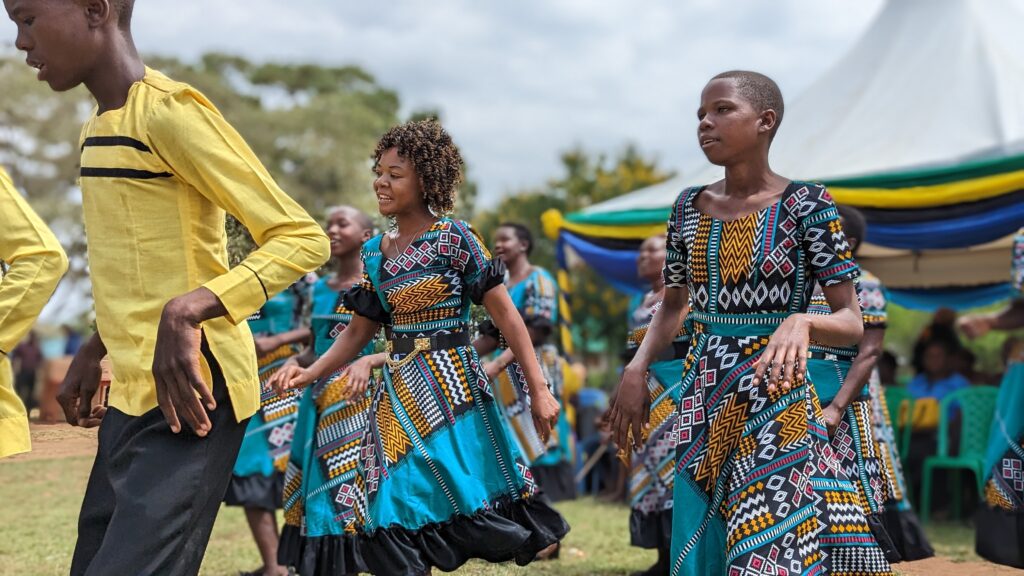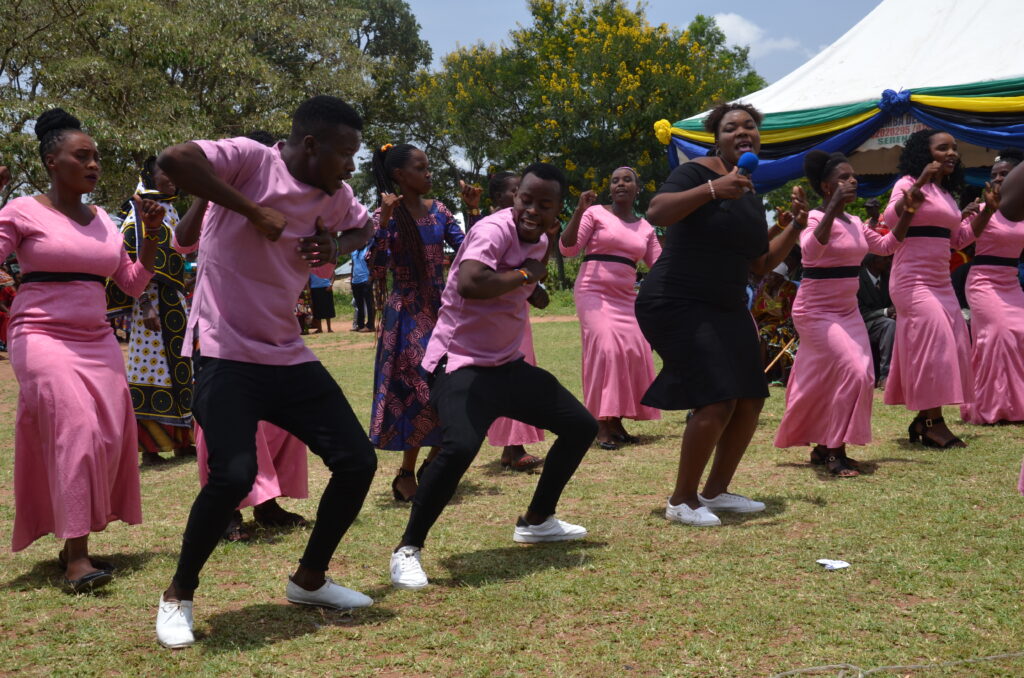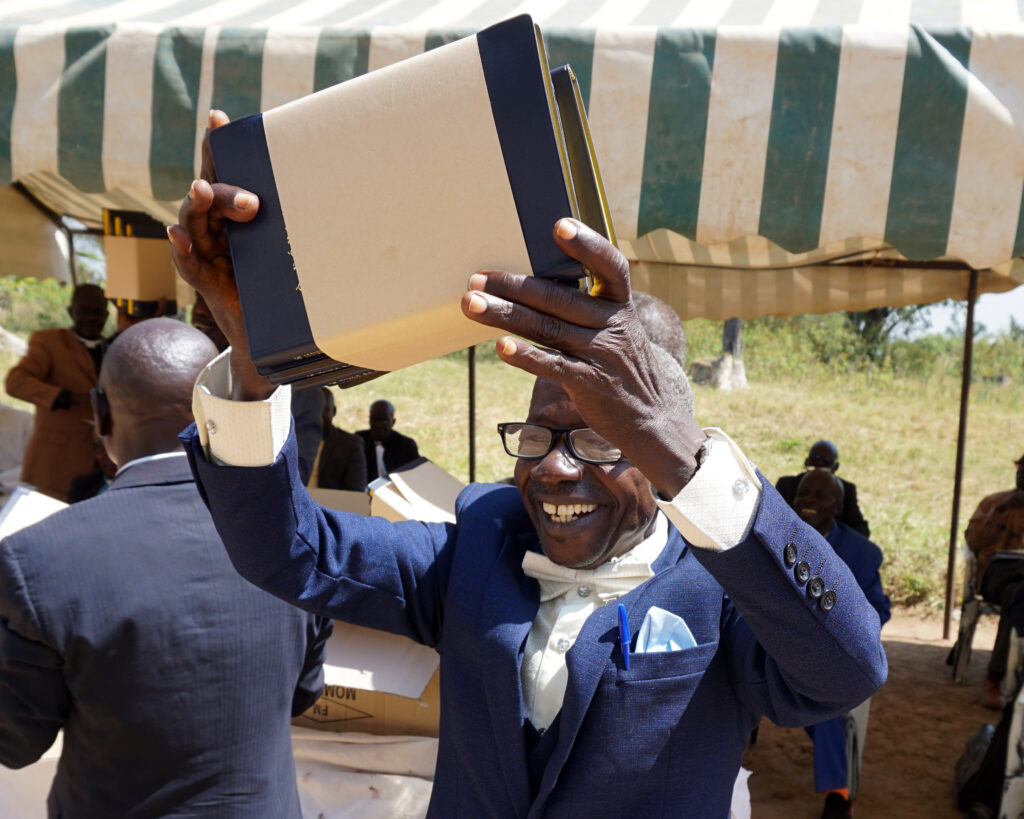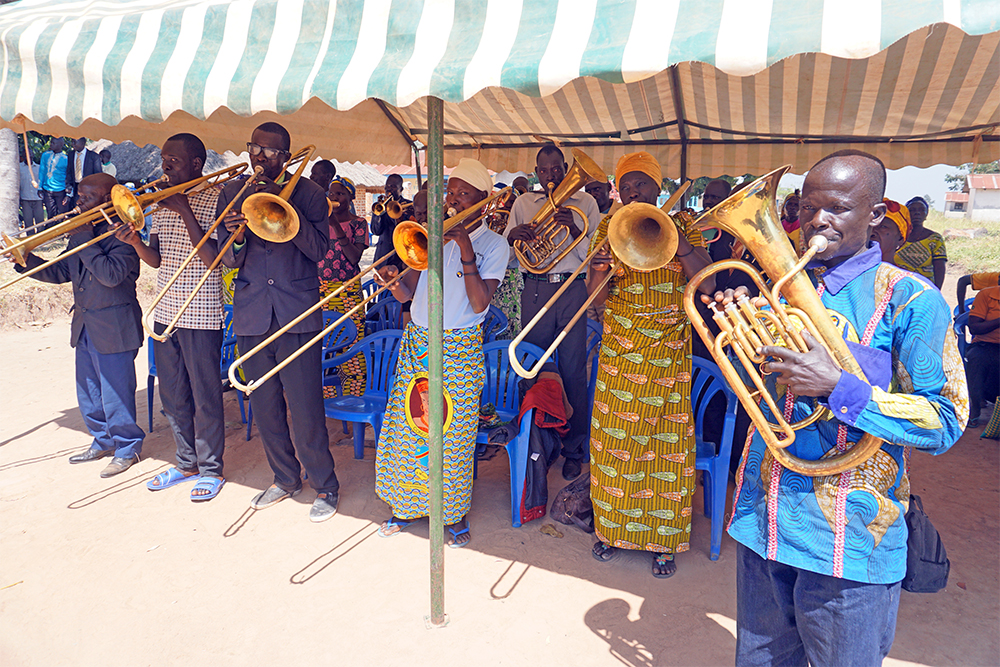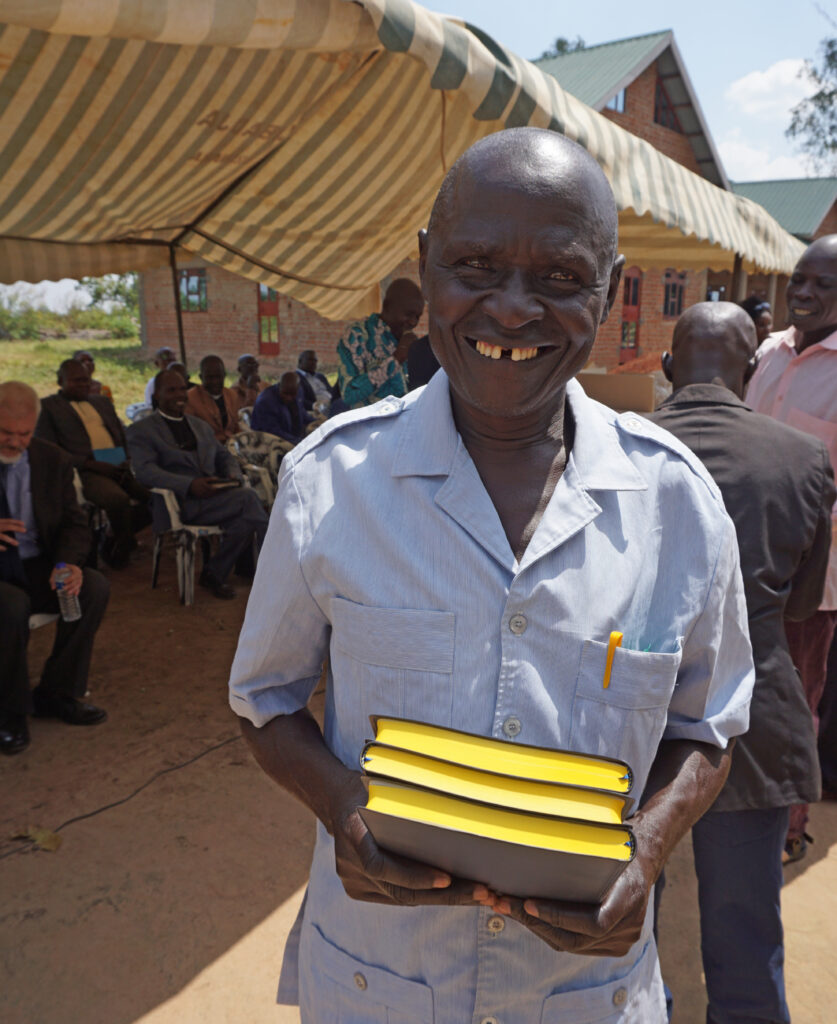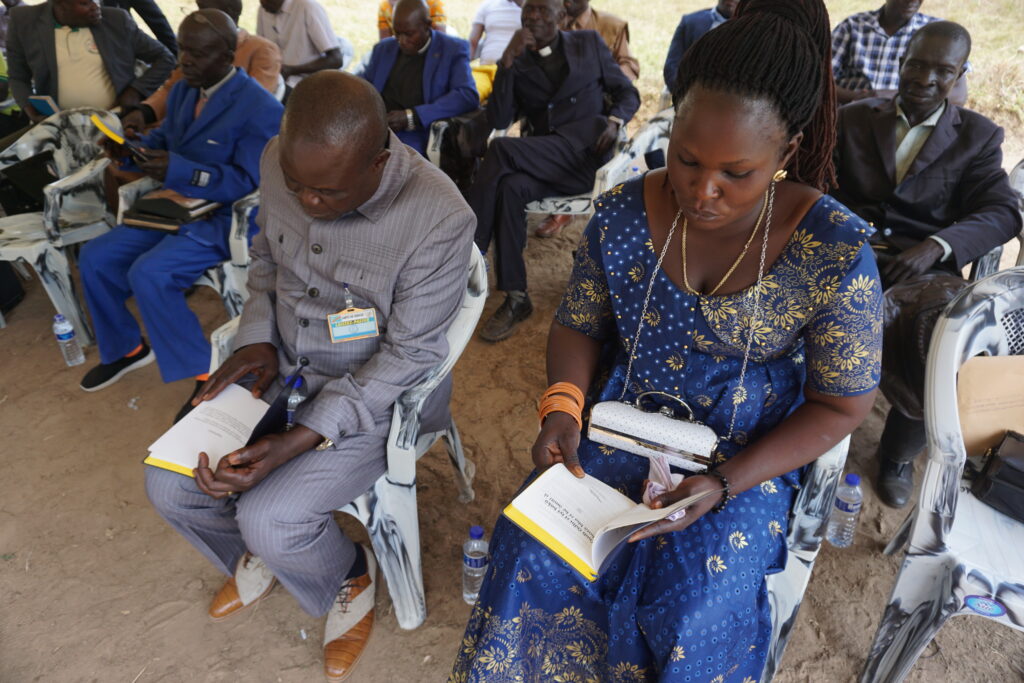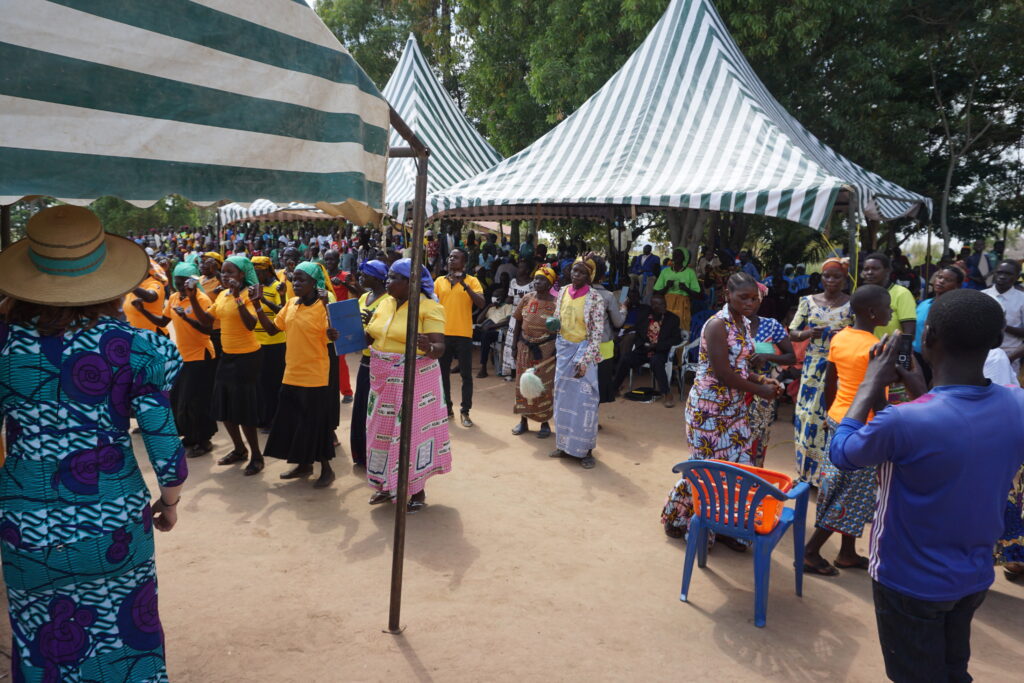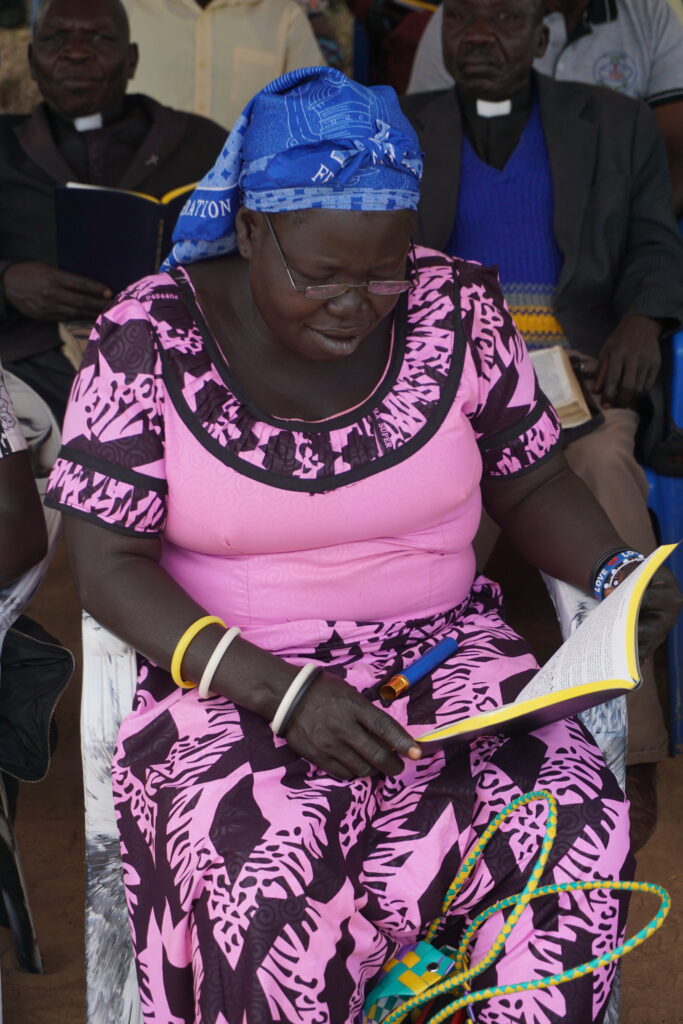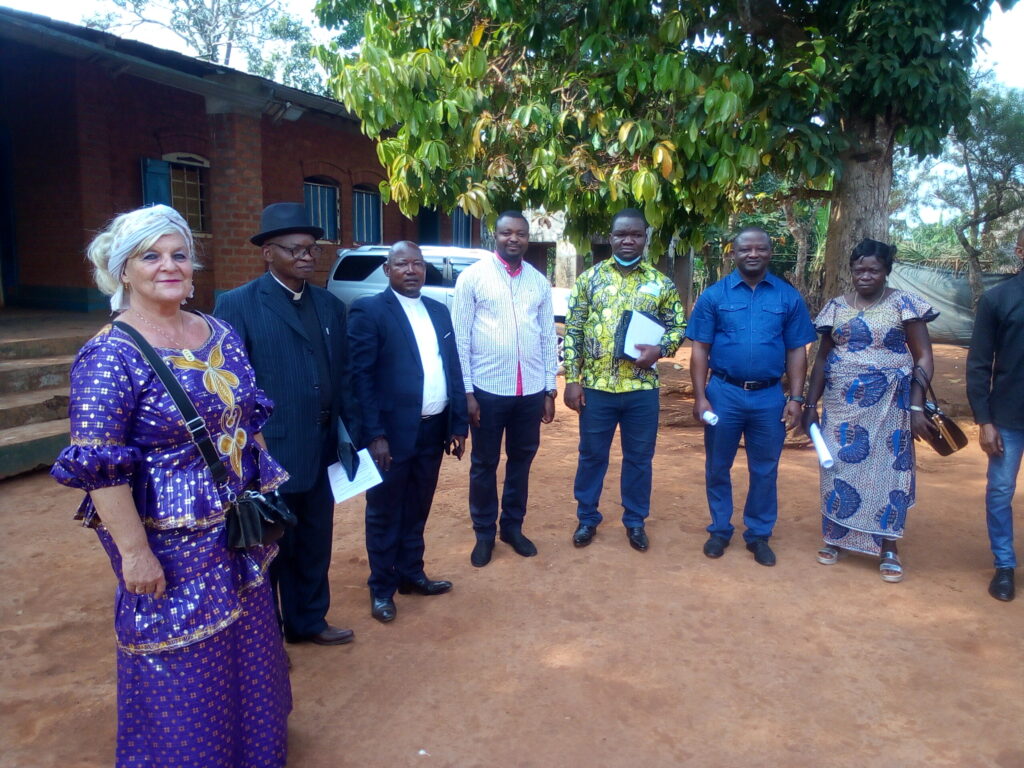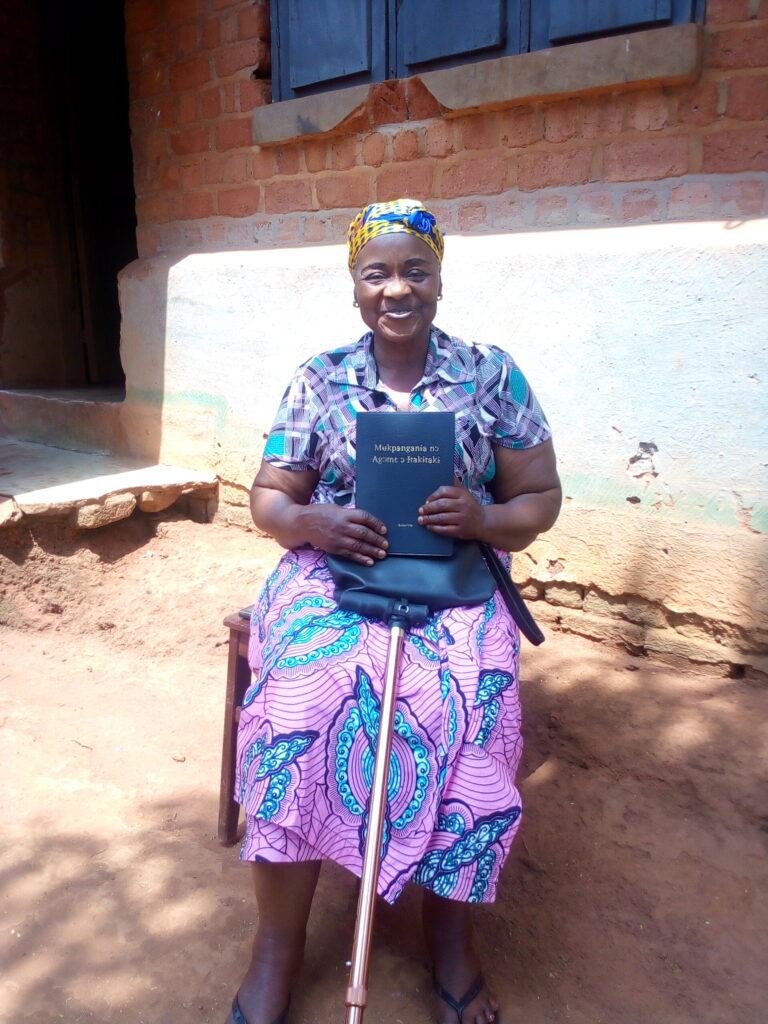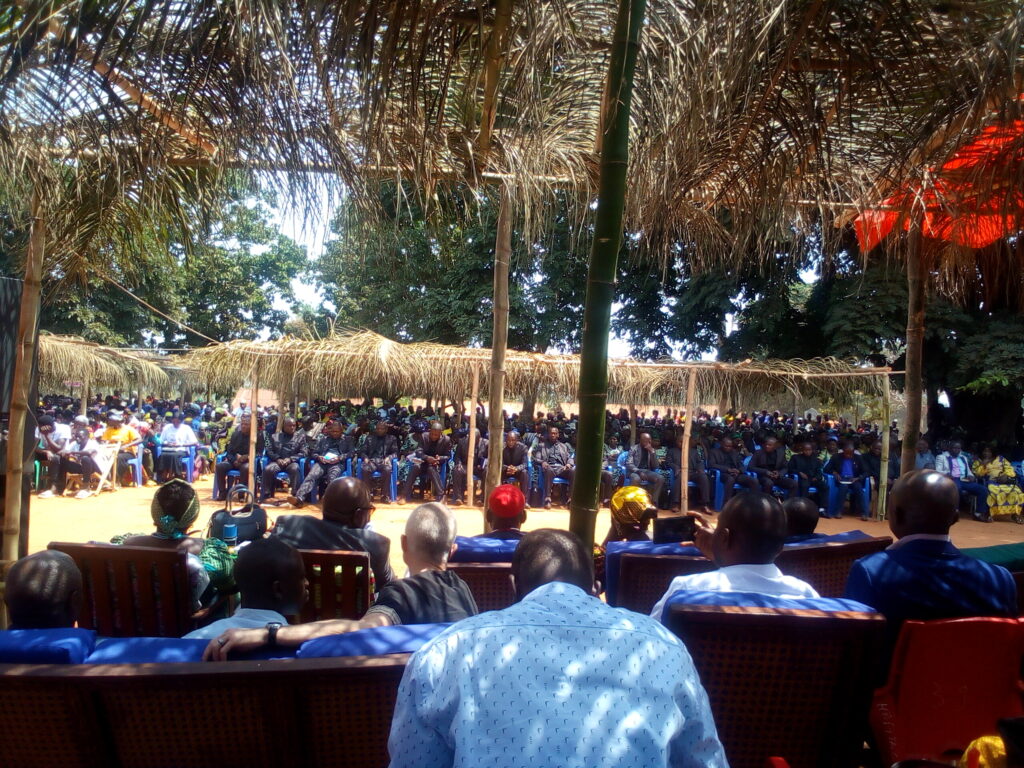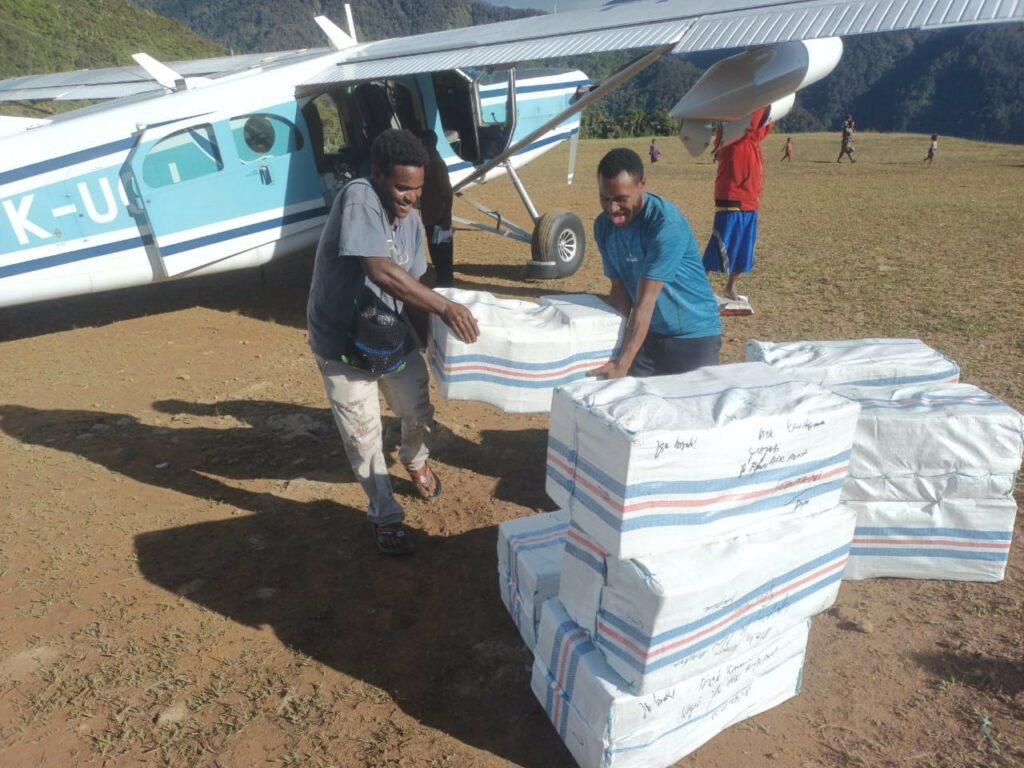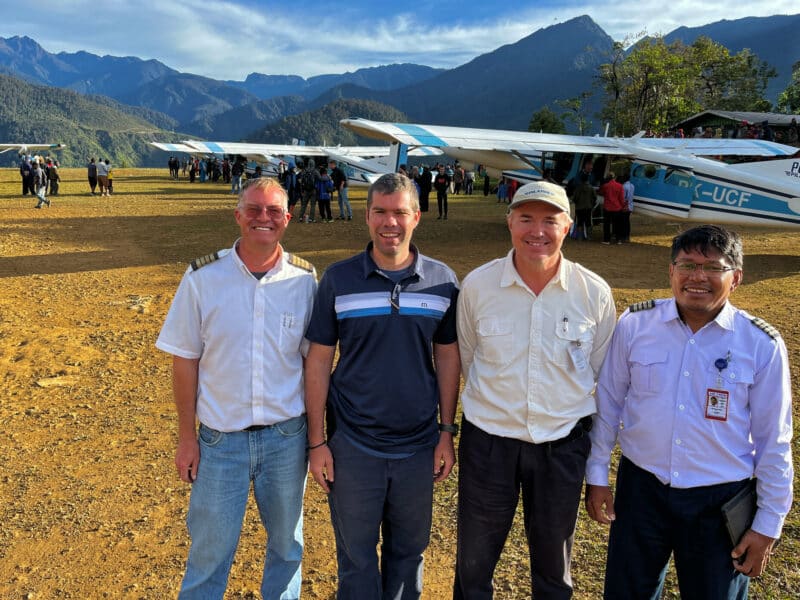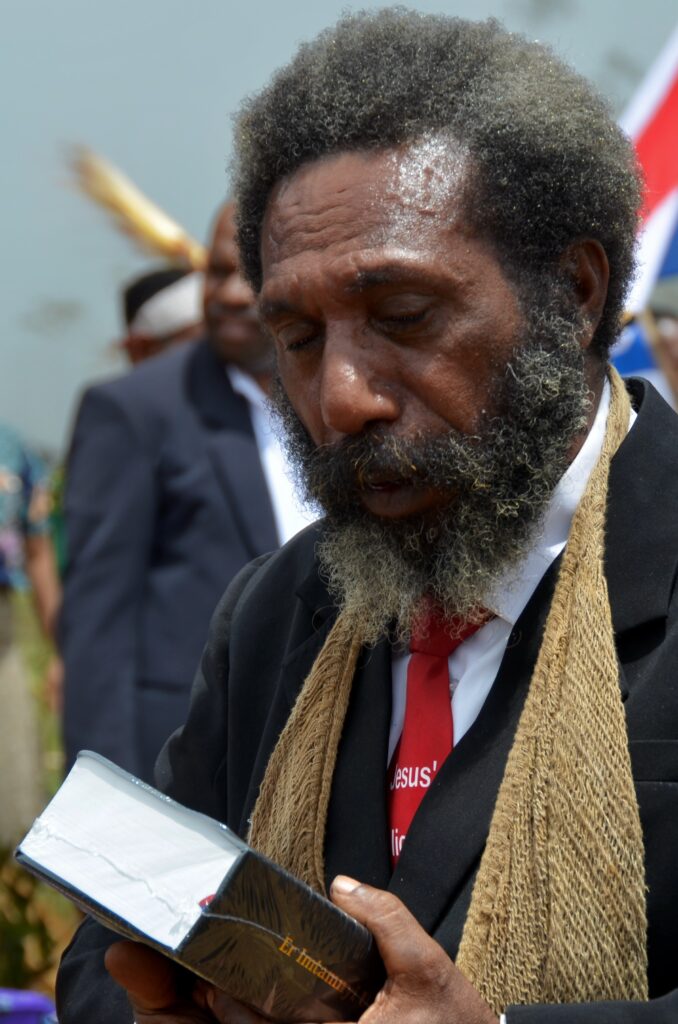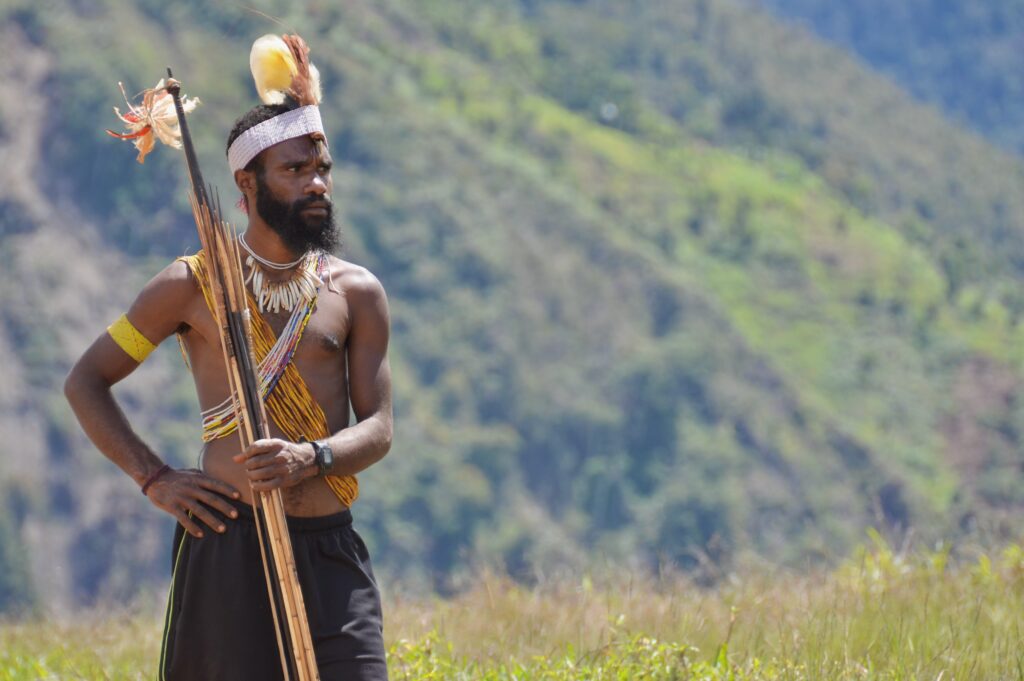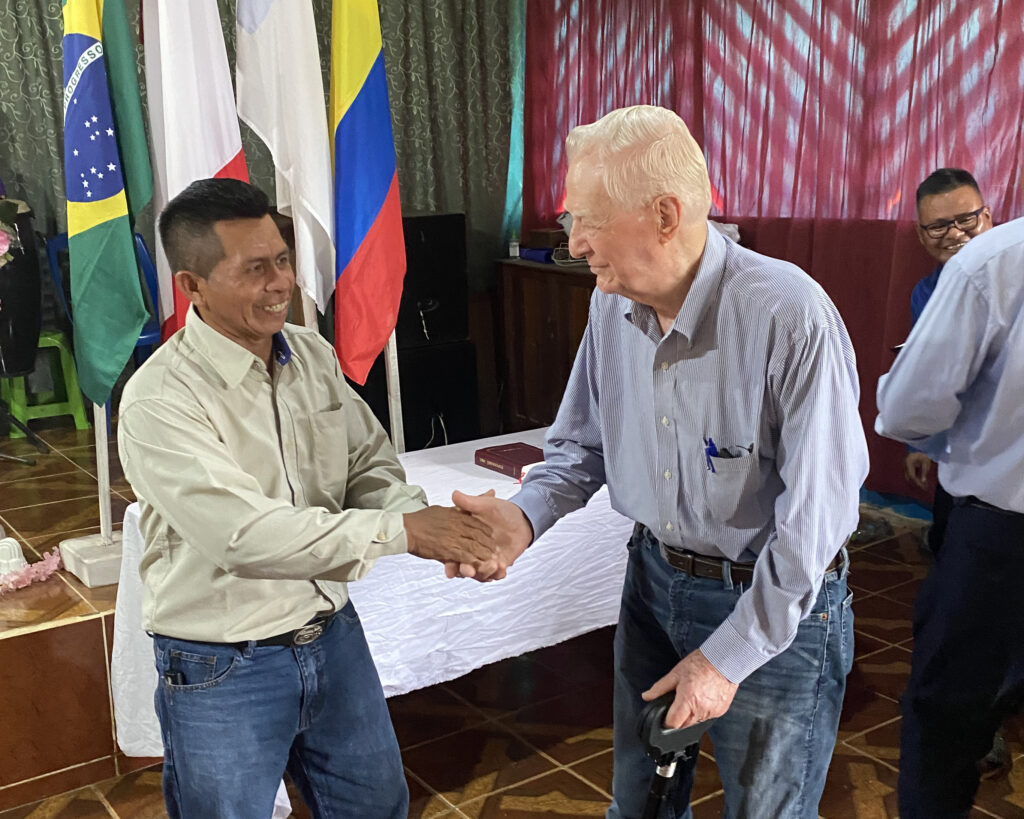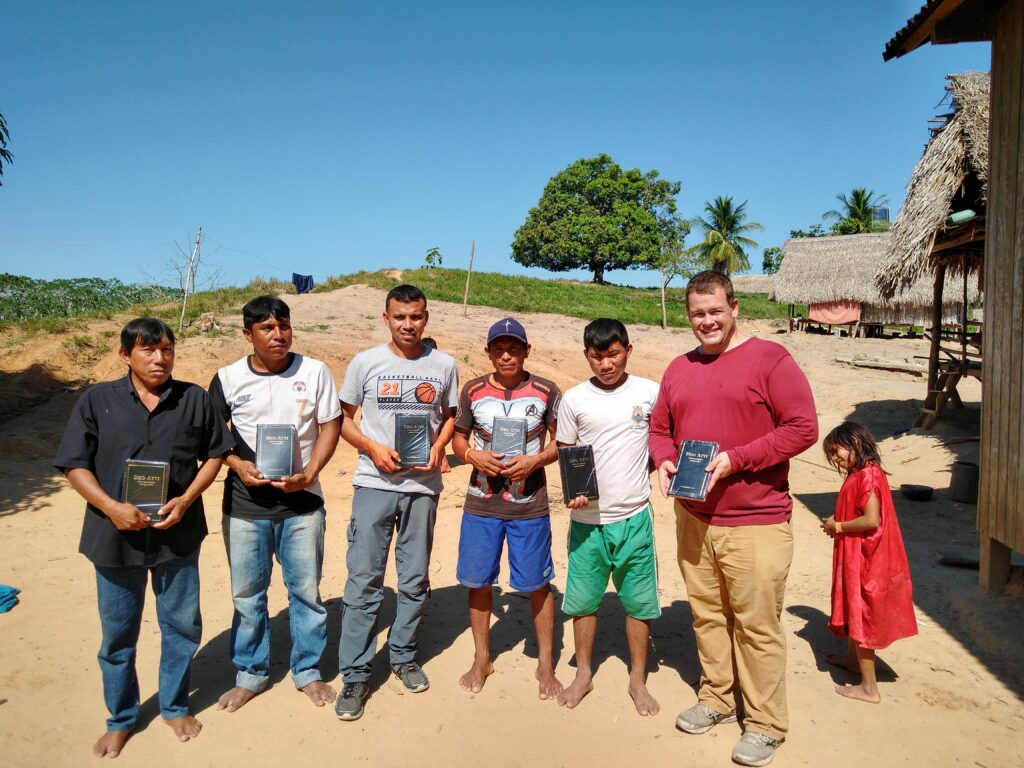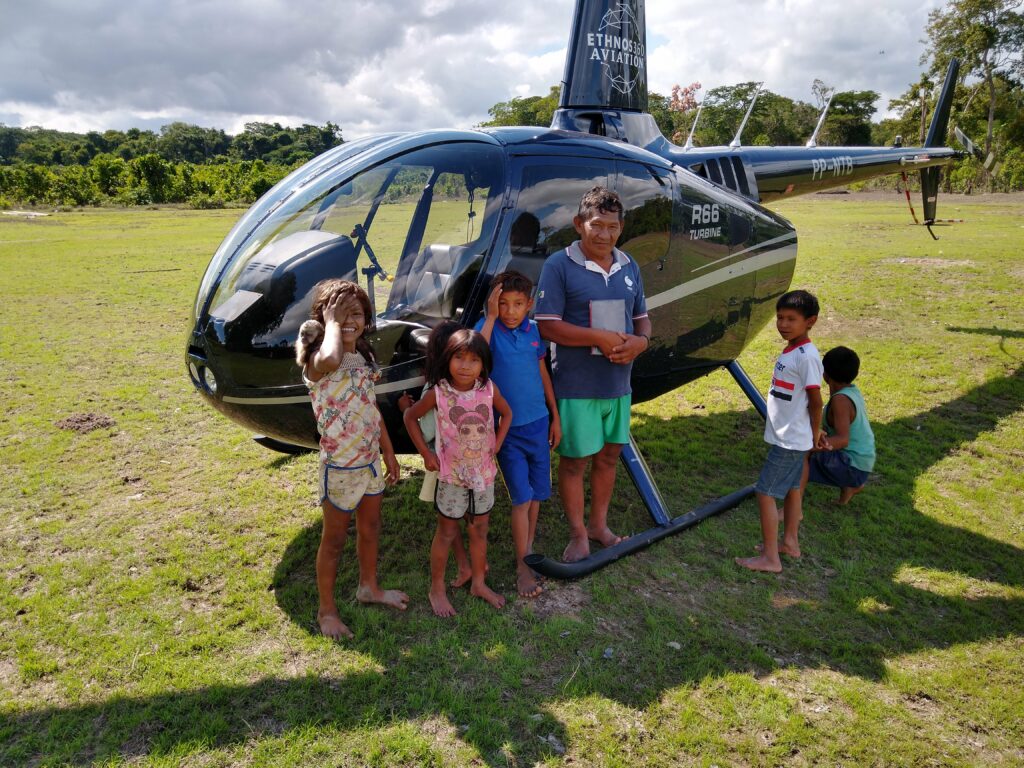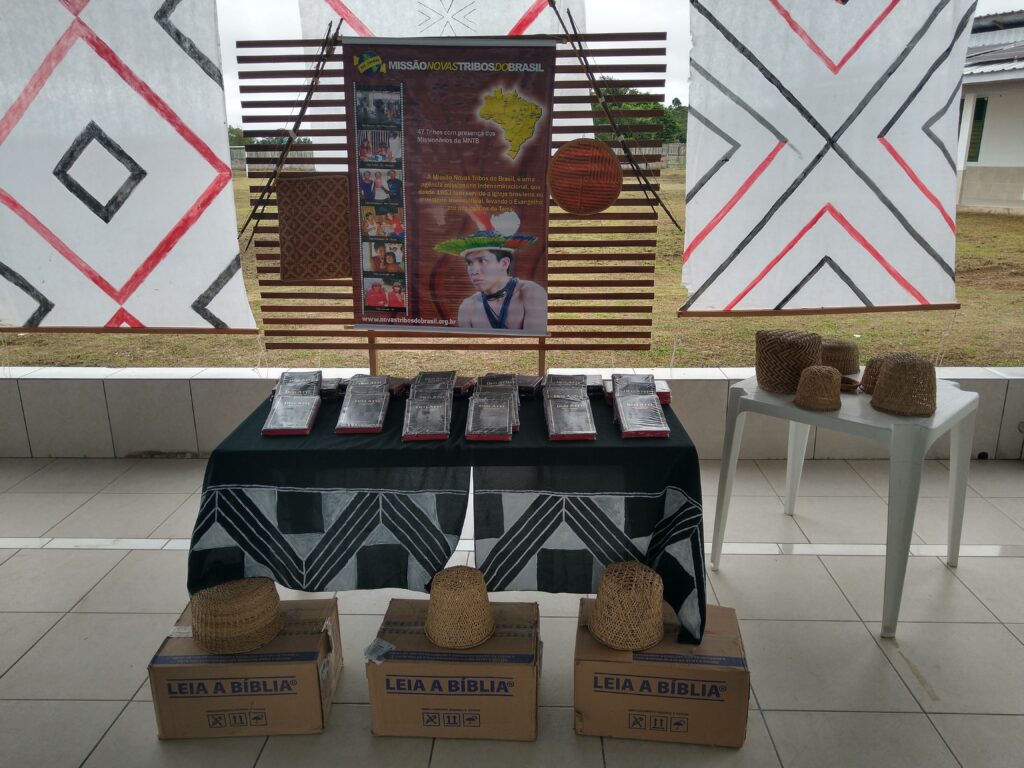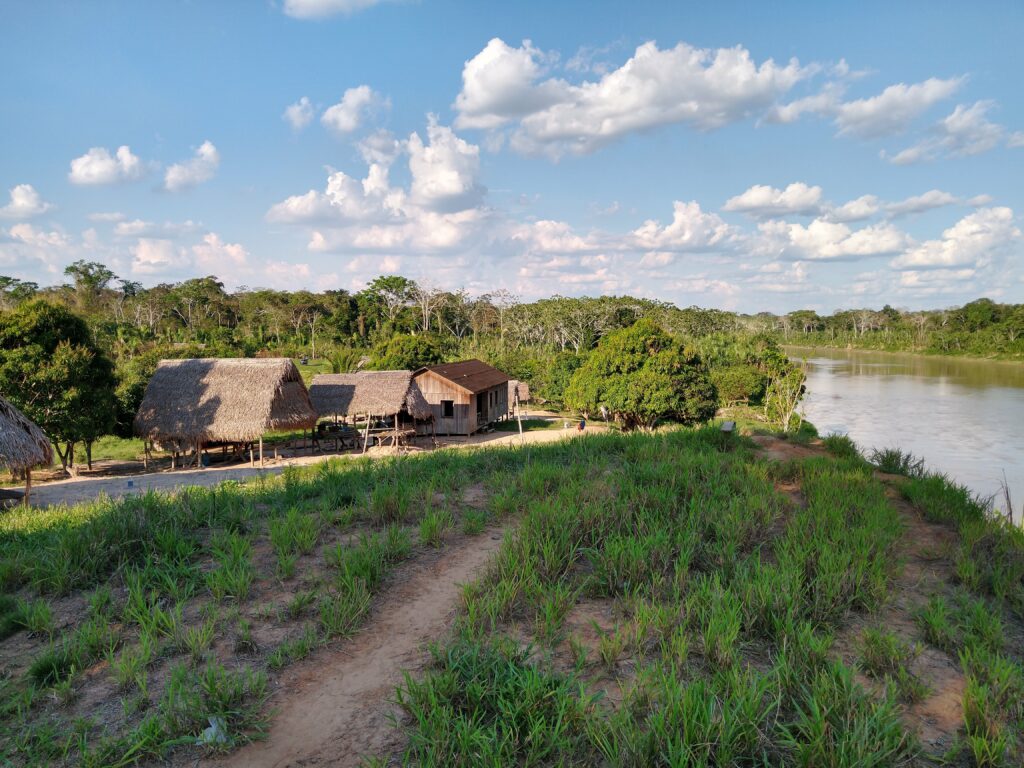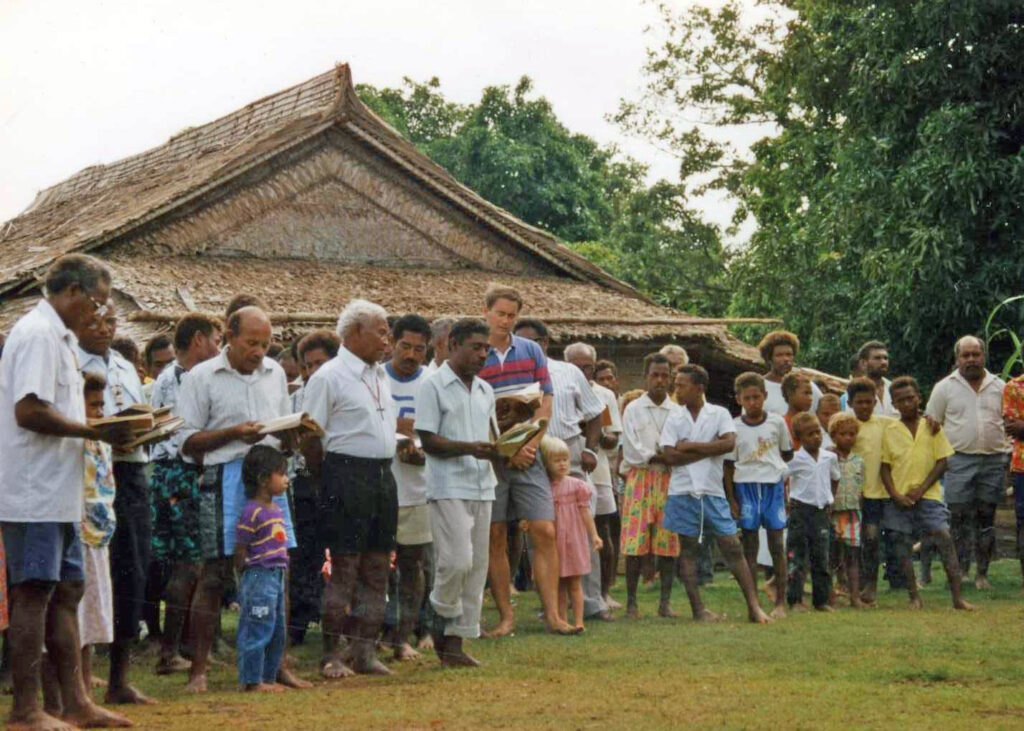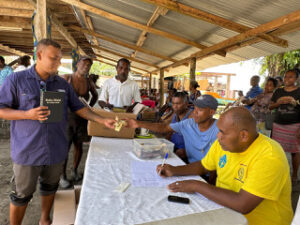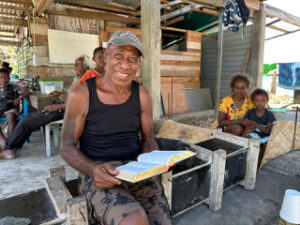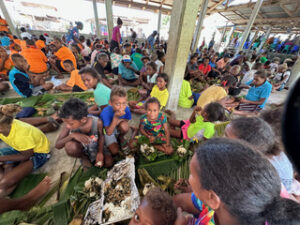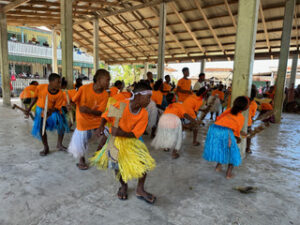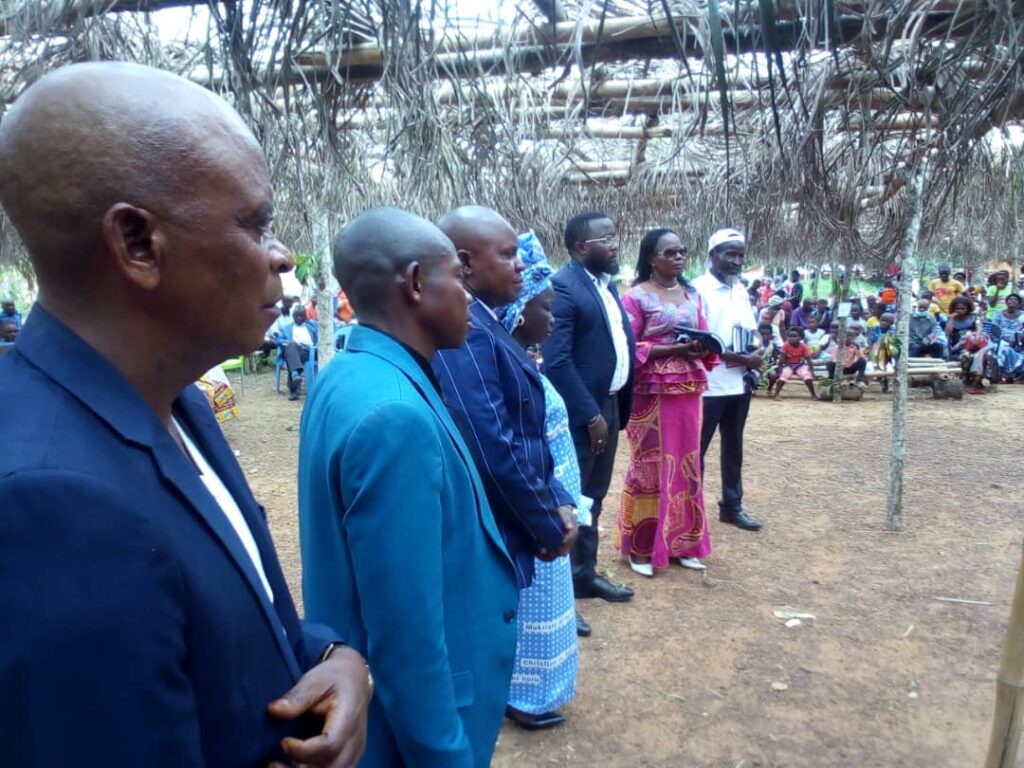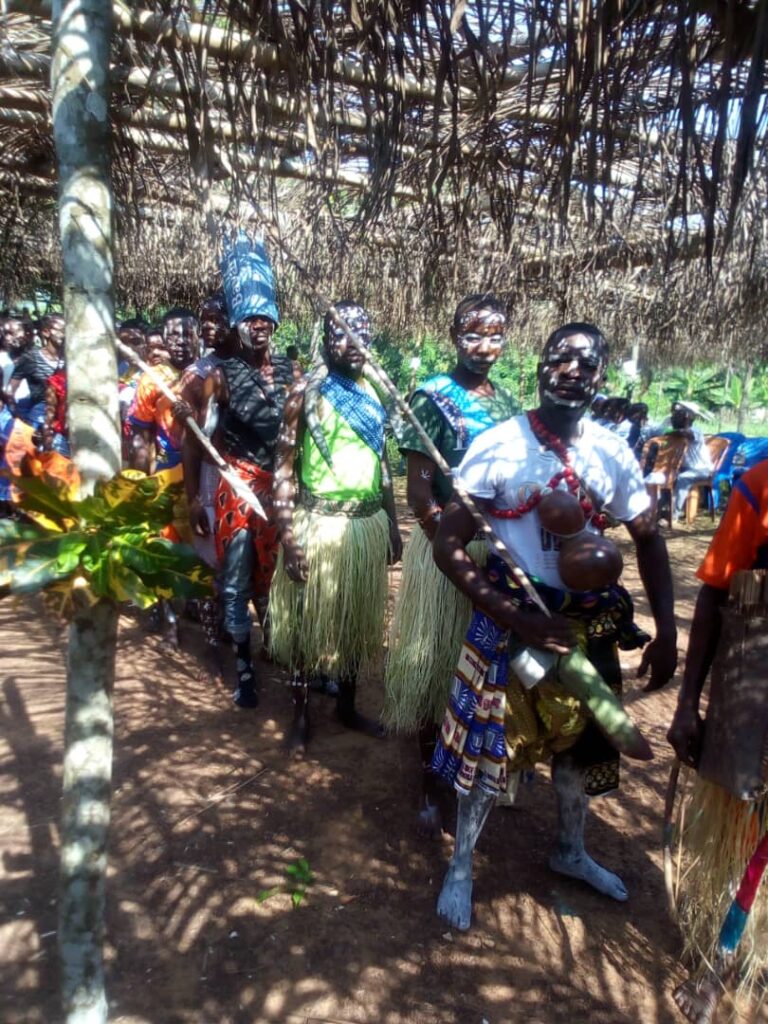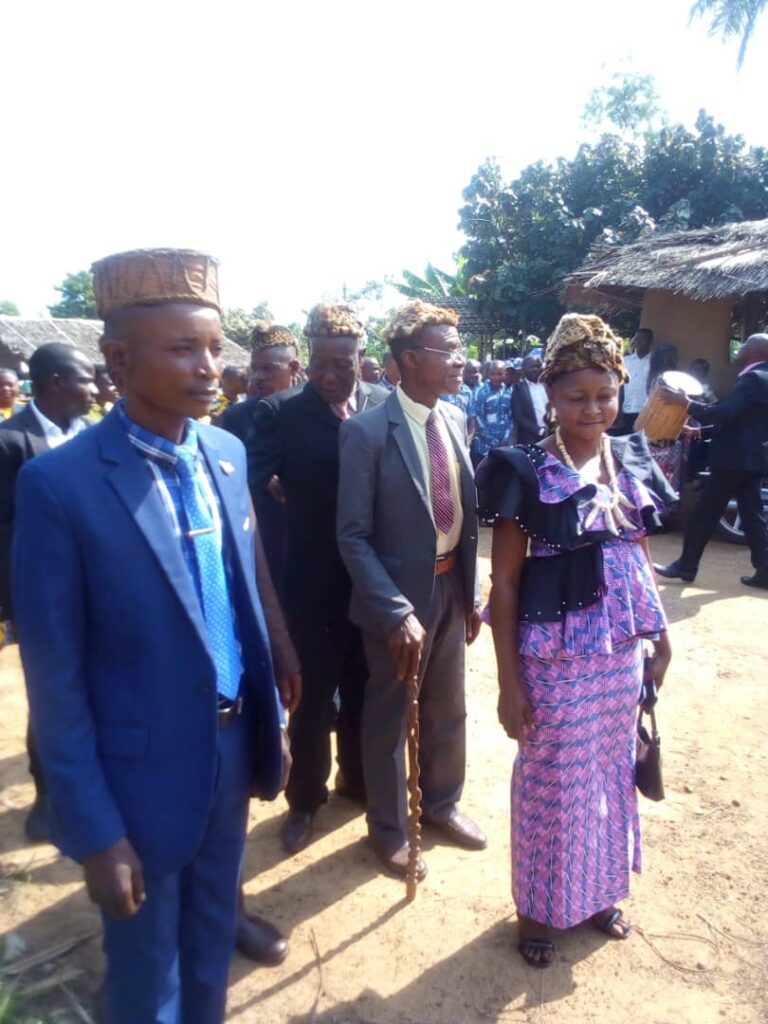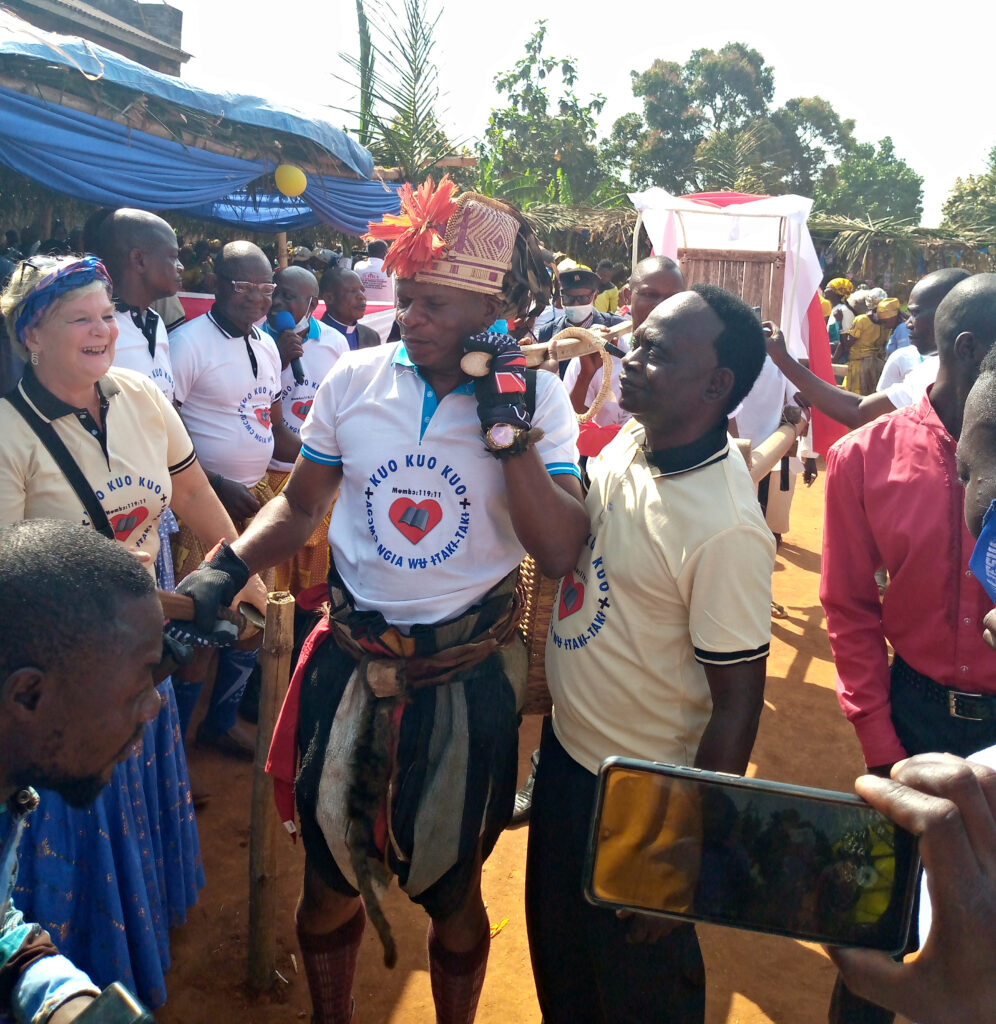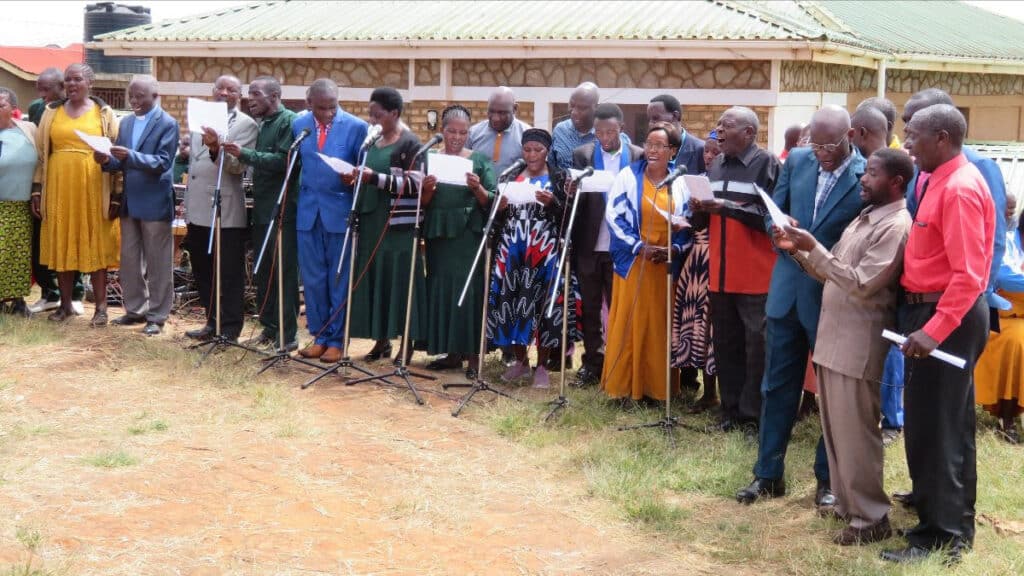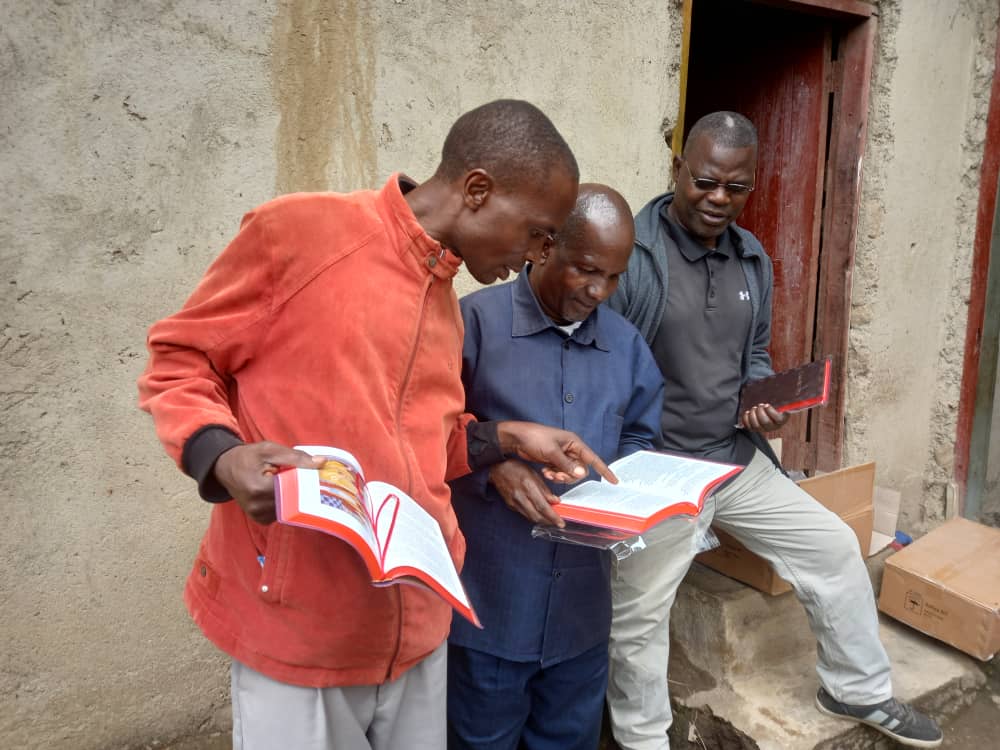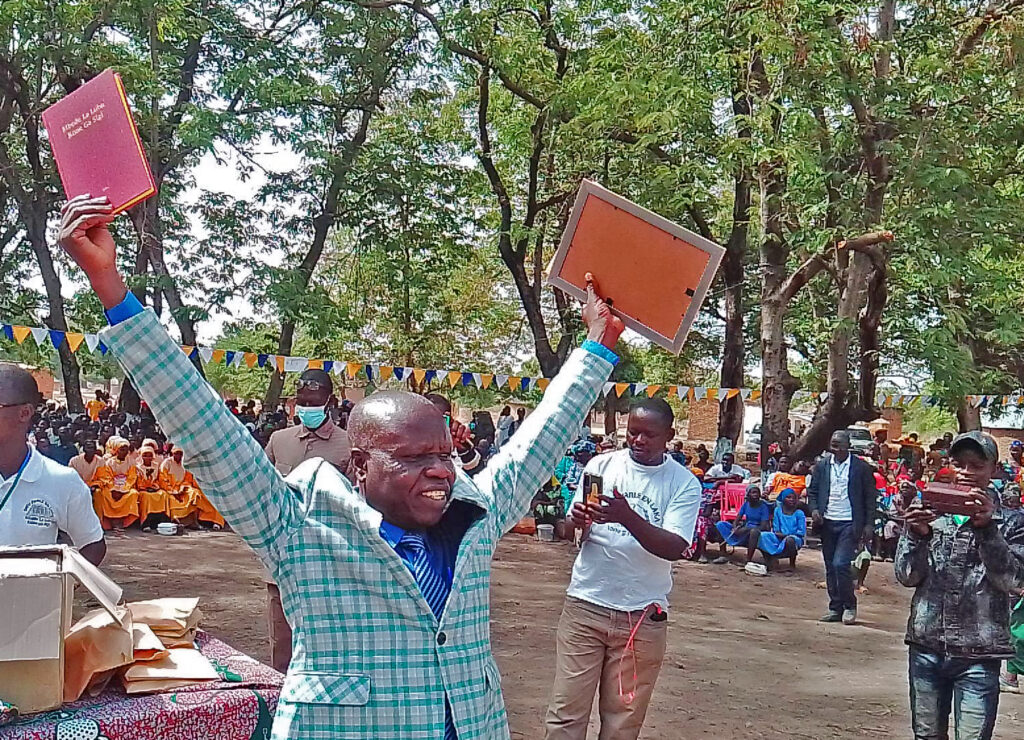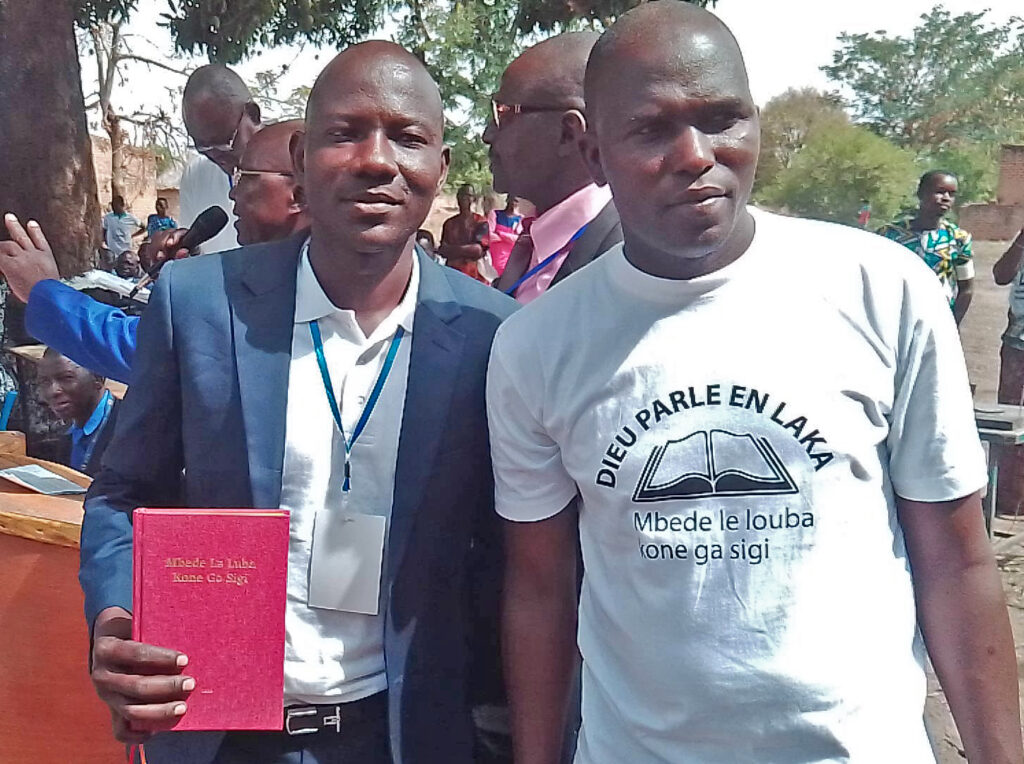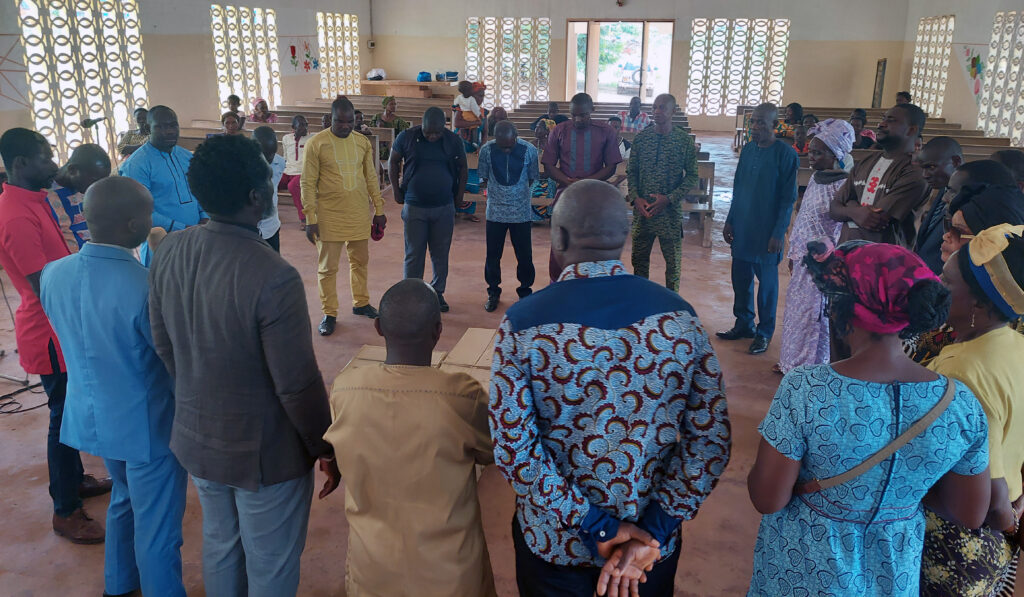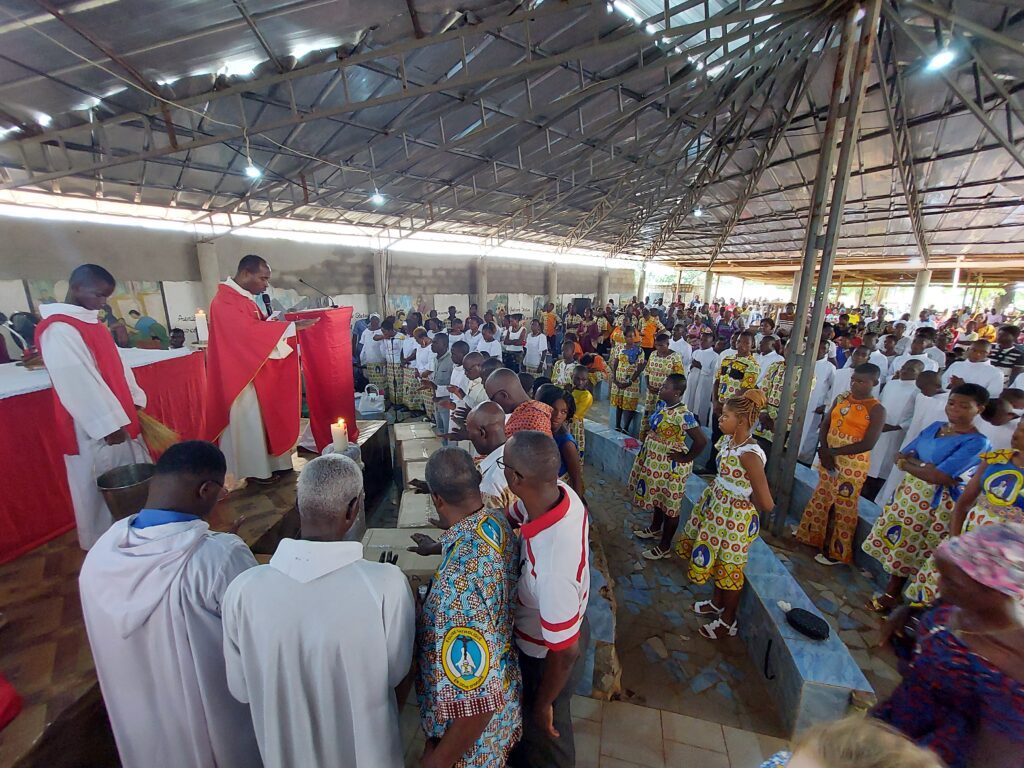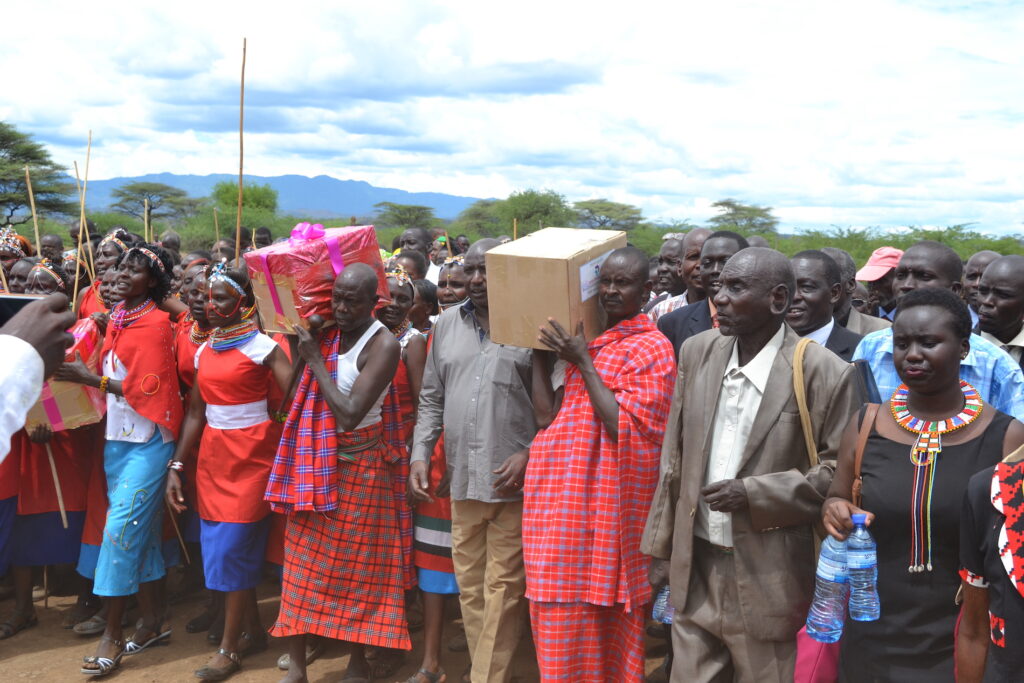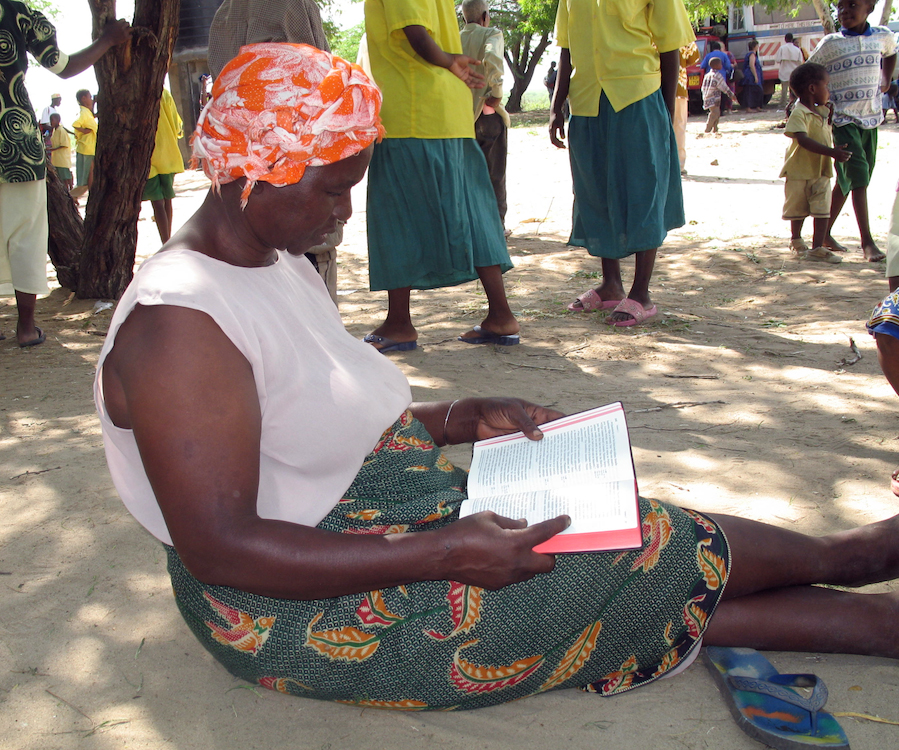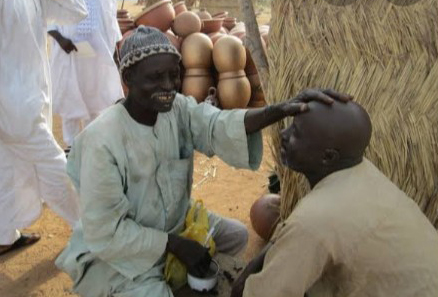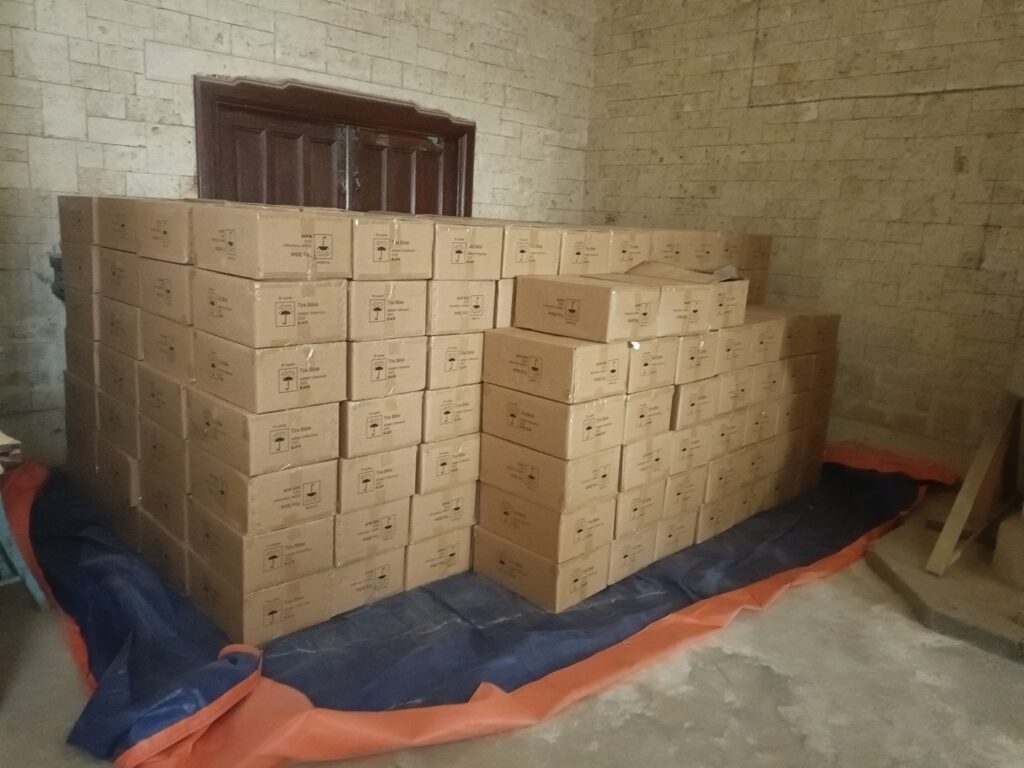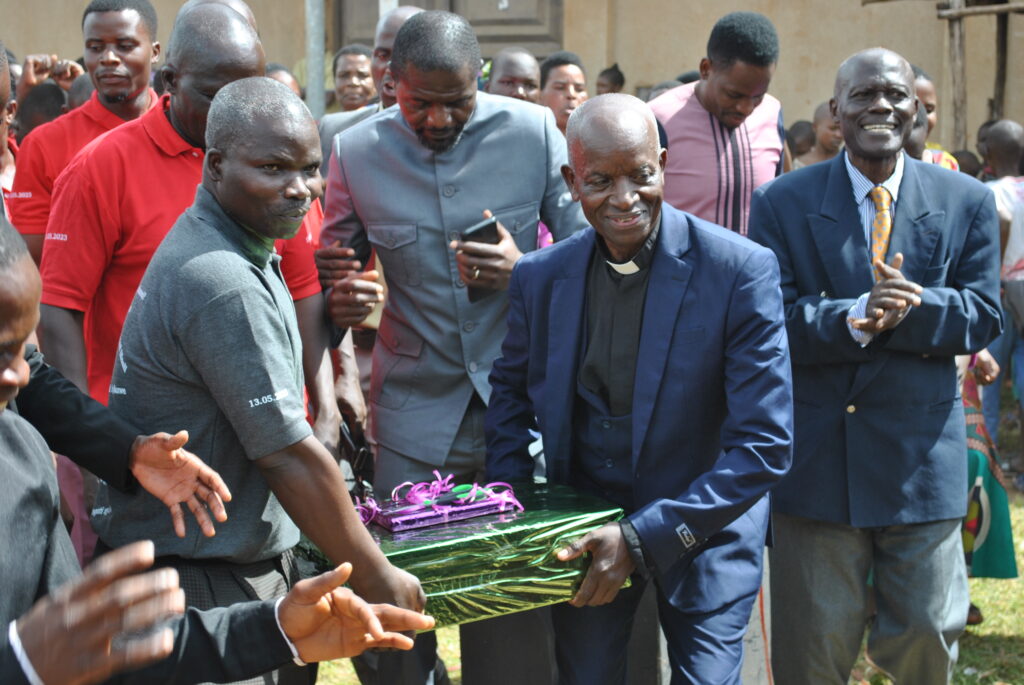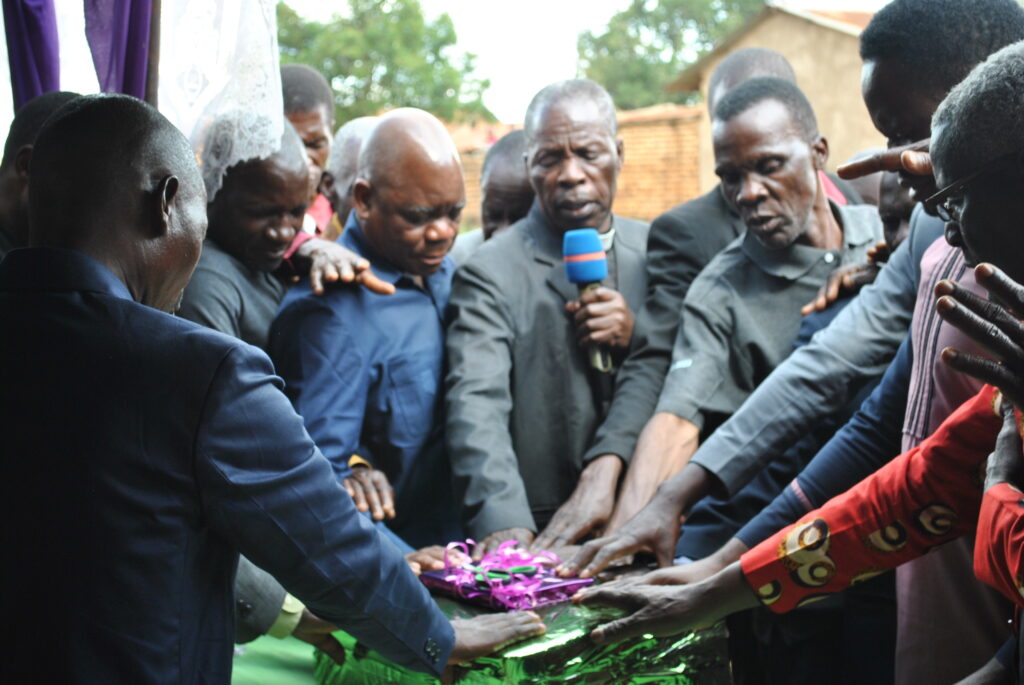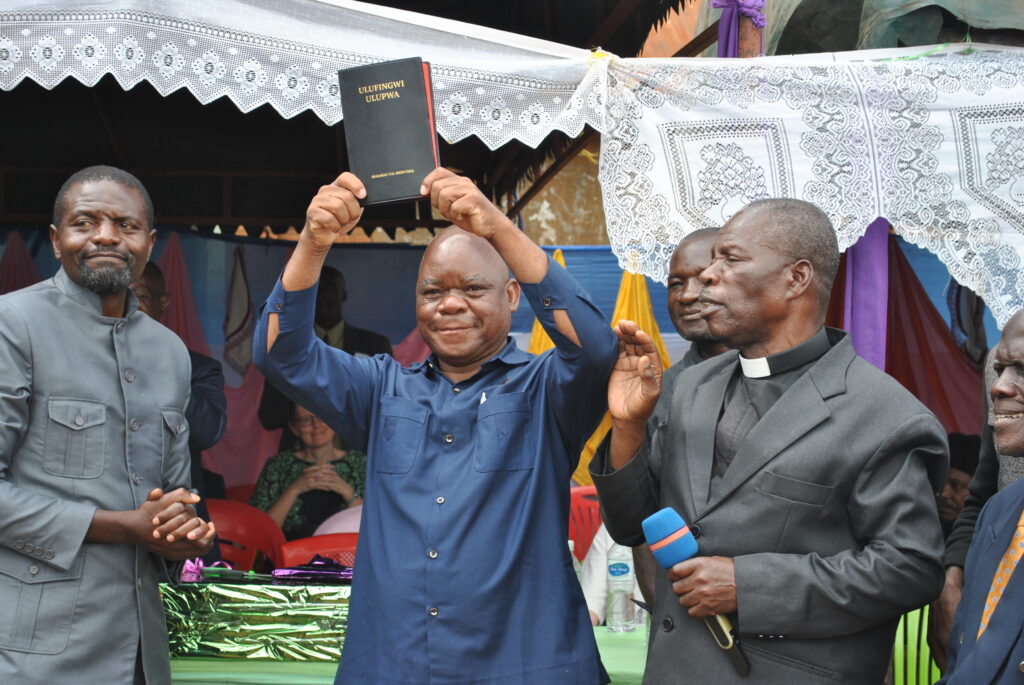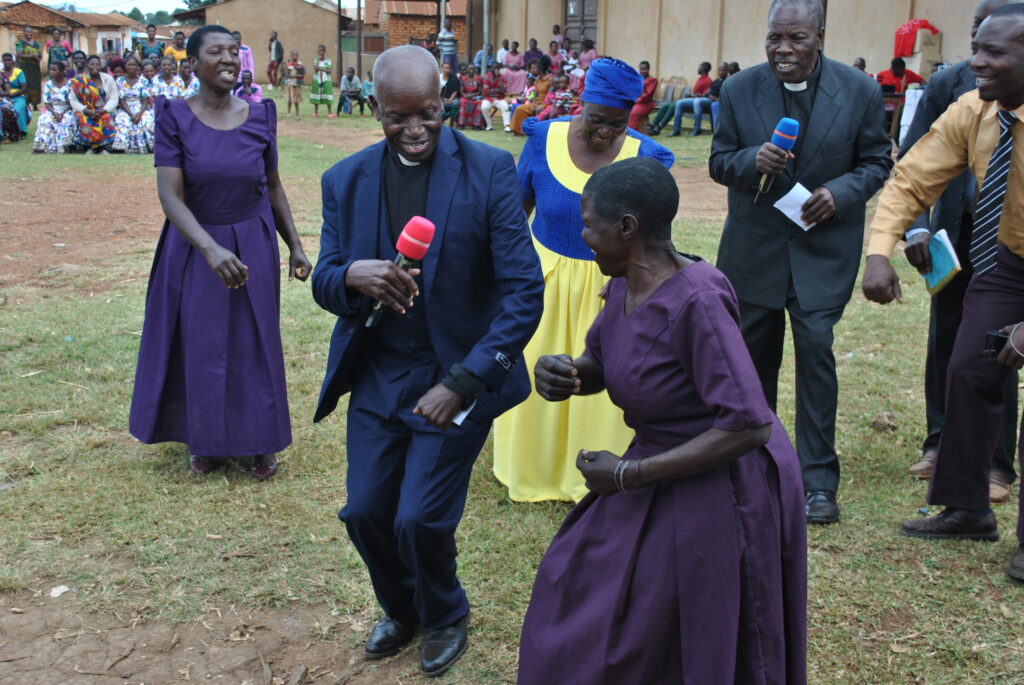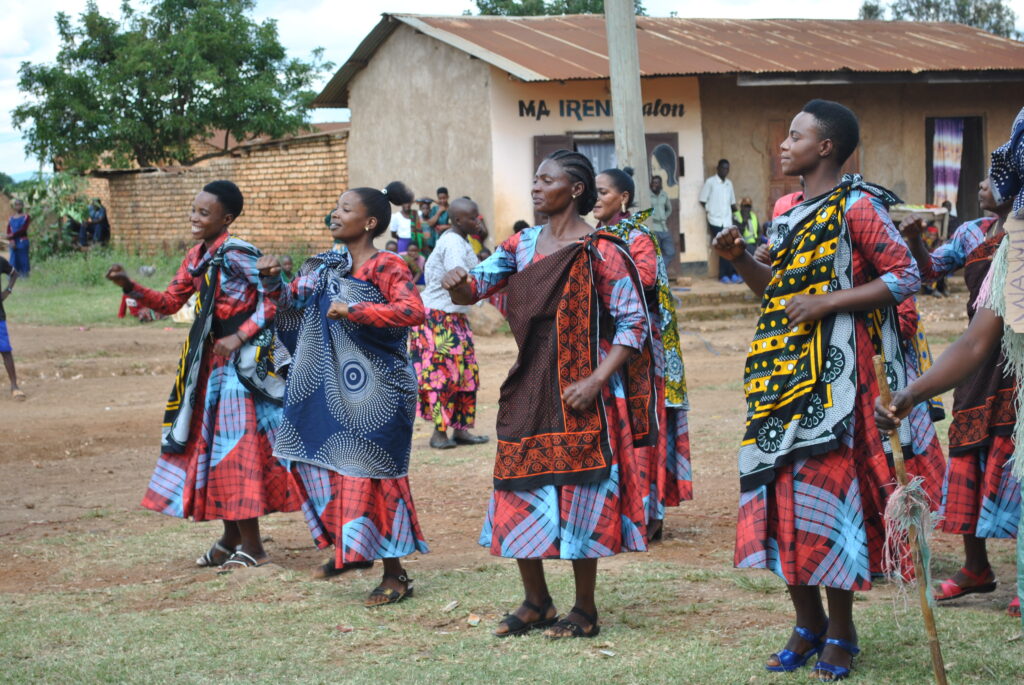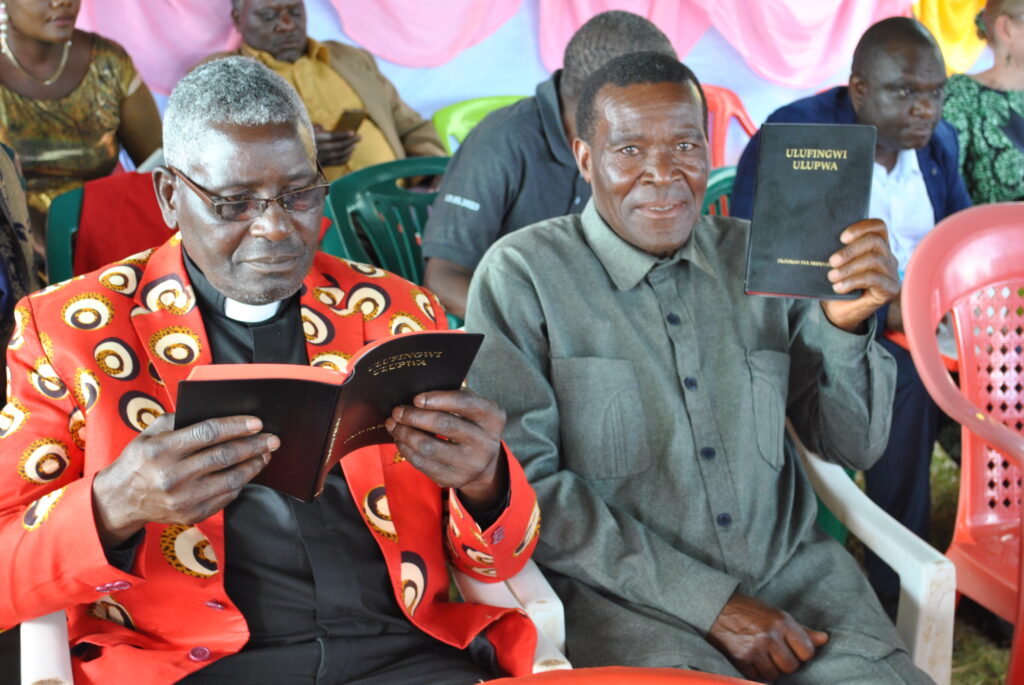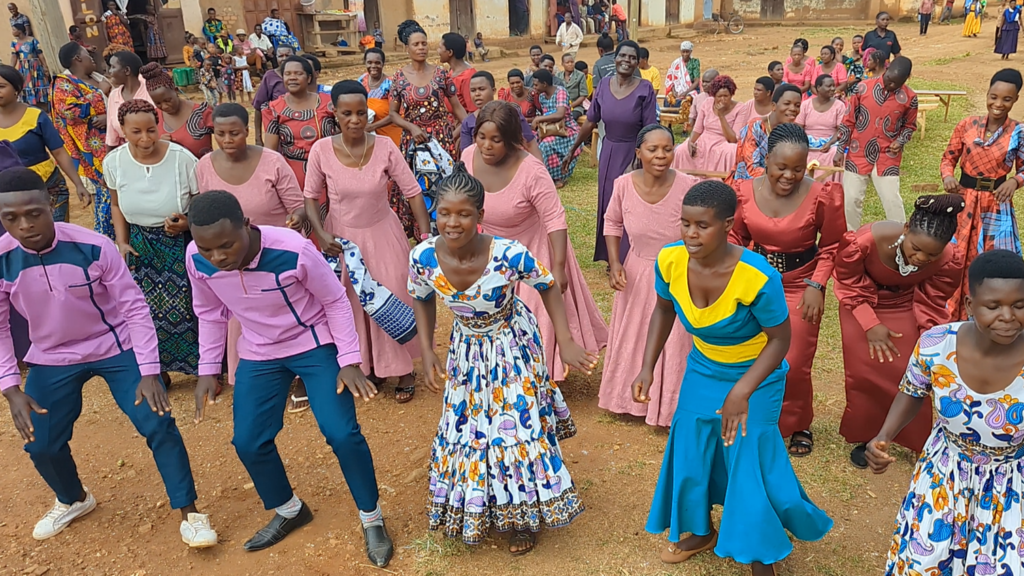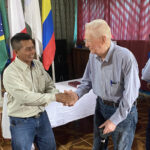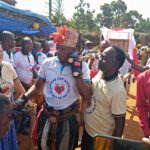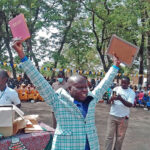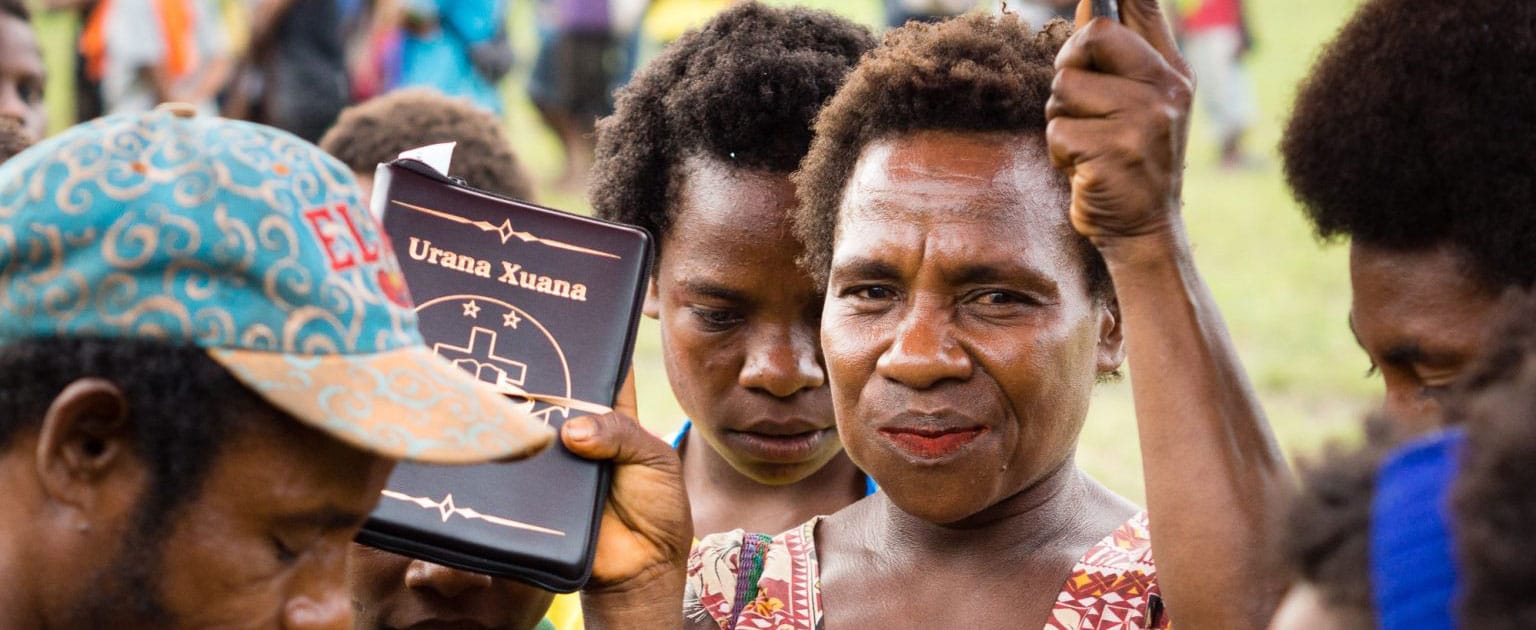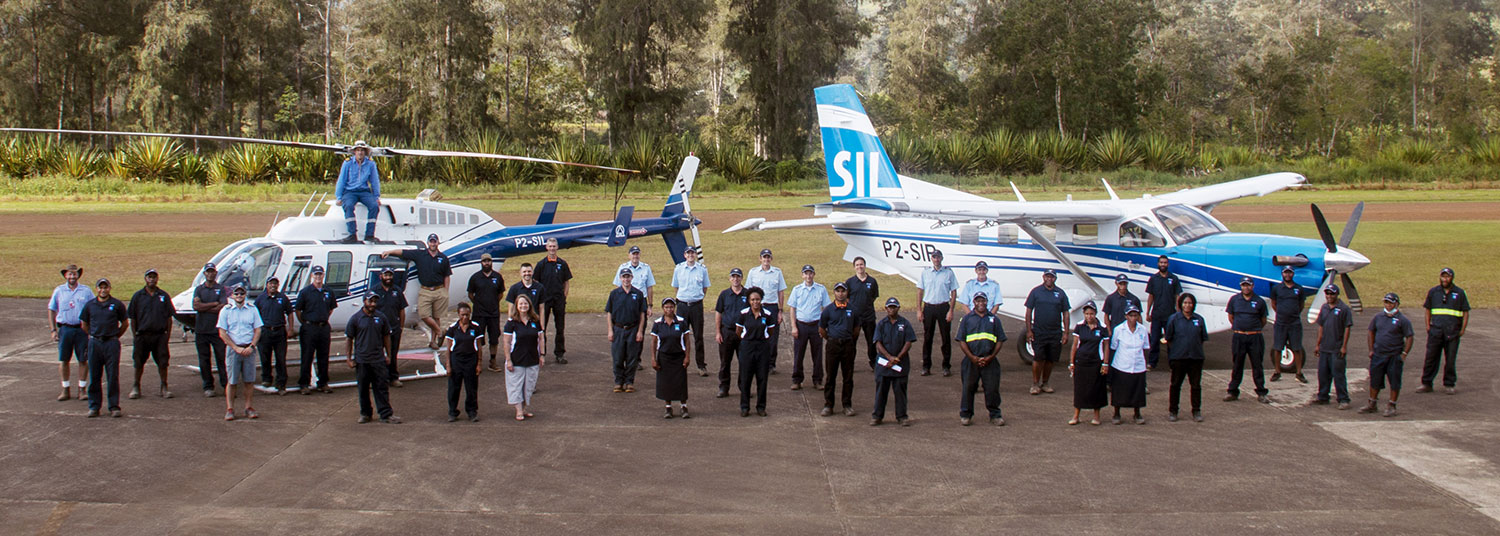A Cyber Sherlock Holmes
He doesn’t wear a tweed suit, utilize a magnifying glass, or smoke a pipe. But David Graves, a pilot for YAJASI—our aviation partner in Papua, Indonesia—does, like Sherlock Holmes, hunt for anything out of the ordinary. But instead of searching for footprints, blood stains or motives, David searches for inconsistencies, glitches, and errors in a computer program.
David and his family arrived at JAARS in July for recurrency training. But when they couldn’t return to Indonesia right way, David began asking around for ways he could temporarily serve at JAARS. Someone directed David to Nate Gordon.
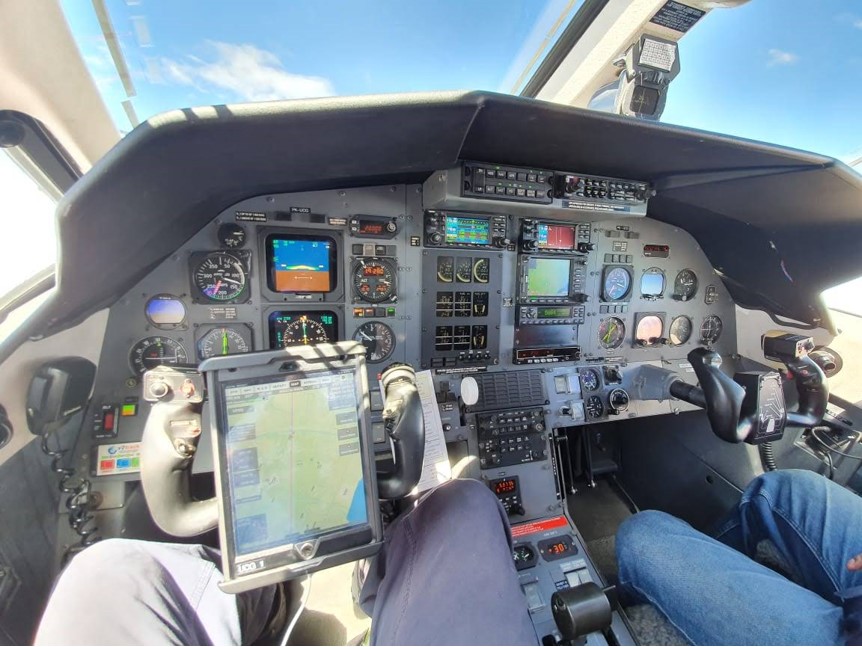
While serving as a pilot for YAJASI in Papua, Indonesia, Nate had created and updated a mobile aviation software program called FlightSpan™. YAJASI has been using this software, along with its computer-based counterpart, FlightServe, for years to create flight plans, communicate when the radio is too full of static, and calculate the weight and balance of aircraft, among many other functions.
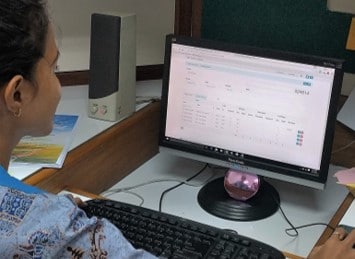
At a recent request from YAJASI, JAARS has assumed the further development and management of FlightSpan and FlightServe. And Nate, now serving at JAARS, had added a new aircraft type to FlightSpan for YAJASI. He needed someone to test this app and write user manuals. Since they had served together at YAJASI, David already knew Nate and had used the software there. So he volunteered some of his time to search out bugs in the program and notify Nate of their presence so he can squash them.
“Basically what I’ve been doing is testing the program, making sure it’s working right and accurate,” David explains. God has given David a critical eye, making him the perfect man to spot things that other people might miss. After he enters different numbers and scenarios into the app, he checks its calculation results against those in the pilot’s operating handbook, always on the search for any discrepancies between the two.
Recently David found a bug that no one had seen before which had been in the program since the beginning. An obscure error, the program was using the wrong altitude for a specific aircraft/runway when calculating a pilot’s takeoff or landing distance. The program was using incorrect altitude for the runway, which could potentially affect a pilot’s takeoff distance, so David notified Nate.
No matter how obscure the error, Nate and his team want to ensure the program is as accurate and efficient as possible, to make it easy for the pilots to do the right thing every time.
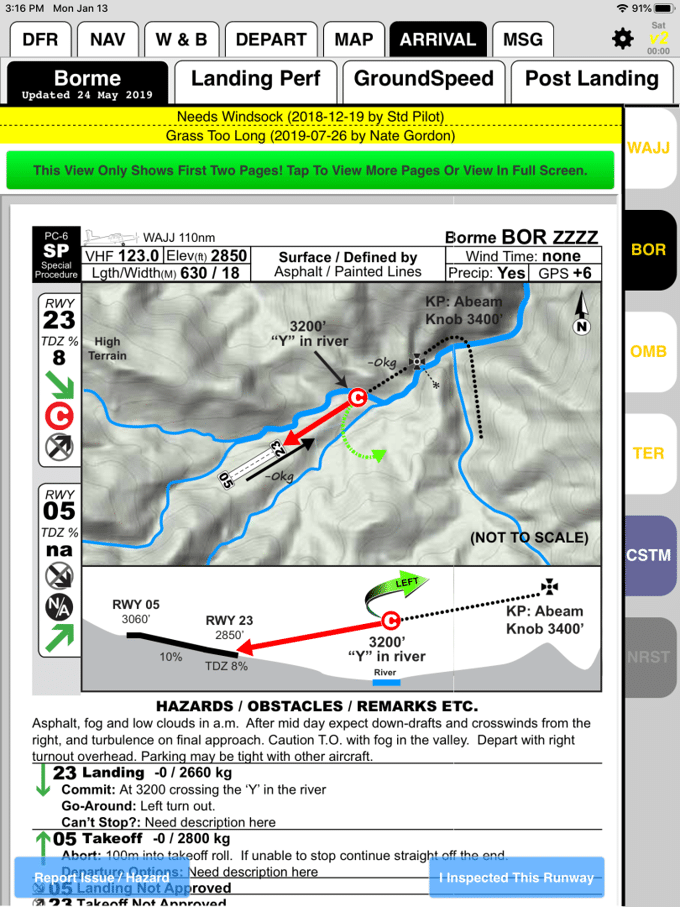
From his 17 years of flying over the steamy jungles in Indonesia and using this app, David knows firsthand how helpful its features can be. While landing on a runway, he once encountered a large dirt pile—invisible from the air—right in the middle of the runway. Thankfully, he stopped before reaching the pile but realized that on take-off, he would only have half of the runway available. (Pilots usually taxi all the way to the end of the runway before taking off.)
So he walked down the runway and measured how long the remaining usable runway was.
He plugged the numbers into FlightSpan and calculated the takeoff distance to make sure he could take off. FlightSpan and a quick call to verify his calculations helped David know that he had enough runway for takeoff.
Another new member of the JAARS Mission Transportation Software team, volunteer Jason Todd, has now made it possible for the team to support the computer-based part of the program, Flight Serve. Through Jason, JAARS can now work on some of YAJASI’s requests, such as creating report templates and a more user-friendly computer interface. Flight Serve also makes it possible for YAJASI to implement this program offline and for David, Nate, and Jason to work on it here in the U.S.
God used an unexpected time of waiting in David’s life to bring his gift of sniffing out inaccuracies to this unique team of people so this software can better serve our partner in Indonesia.
There’s a spot for you and your unique gifts at JAARS! Visit here to learn how.

